The week that was 31st July – 4th August
Perth- Singapore, weekend 5-8th August 2017
One of my key ‘moments” this week was my presentation at the Australian Institute of Architects (the AIA) in Perth, who had asked me to deliver a key note presentation about lighting that would credit them with points for their CPD certification. The Continuing Professional Development point system assures that practitioners remain active and up to date in their field of work. Architects in Western Australia need to accumulate 20 points over a year of which 10 are from formal events like the one I contributed to. My presentation called: “How Smart is your Lighting Design” dealt with the rapidly growing influence of smart (lighting) technologies and therefore the need for knowledge and expertise to apply the many smart and sustainable opportunities that are today presented to us. Below some of the learning outcomes for the participants:
1- Lighting design is a not done to only satisfy lux or energy meters, it is designed for people! Never forget the human (lighting) factor in design.
2- Smart and sustainable lighting is a balance between environment, human needs and economic considerations
3- Smart lighting controls are an essential tool to optimise the use of sustainable lighting systems
4- While technology is getting more complicated, simplicity should always be the drive for a good design.
5- The internet of things is here to stay and understanding its impact on lighting and lighting design is crucial for the future (of lighting design)
6- The current lighting market is built on a waste economy, lighting as a service could be a great and smart way for the future
7- Professional independent lighting designers are of tremendous added value to any architectural project (of course I had to put that in!)
In the Q+A session I received a very interesting question following up on a section of my presentation that was dealing with tunable light. Understanding that artificially reproducing the effects of natural light could positively influence human productivity, visual performance, moods, circadian rhythms and the like, one of the participants asked whether tunable light could be used to “manipulate” human behavior. I initially thought that he meant something along the lines of what is being done with the shortening of daylight cycles for chickens to reduce egg producing cycles to 22 or 23 hours (instead of 24), but he was thinking of “manipulating” antisocial behavior in prisons for instance. It was a very interesting thought. I was not immediately aware of any related study or applications to confirm this approach but thought logically this should certainly be possible. I promised to research this further as I feel that this “reversed” approach to using tunable lighting certainly has its merits. Hopefully more about this in the future…
In a worrying report from the BBC news channel I read this week that pollination is being threatened by artificial lighting. Researchers from the University of Bern in Switzerland discovered that artificial light at night was found to reduce visits of nocturnal pollinators by 62%! The impact, the researchers said, is a significant reduction in fruit production. The transformation from flower to fruit is greatly dependent on insect pollination, but according to the researchers the insect population is in rapid decline as result of habitat loss and disruption, pesticide use, invasive alien species and climate change. And now also because of artificial light at night! The most common night pollinators are the moths, the beetles and bugs. However the study shows light pollution from street lamps for example, result in nights that are not properly dark anymore with artificial lighting at night increasing globally at a rate of 6% per year! A worrying trend and something we as lighting designer should take very seriously. While we may not be able to stop the spread of lighting we certainly can play a major role in containing and controlling the detrimental effects of light pollution to our natural environment!
Finally a short comment about the upcoming DARC awards. The voting deadline is up shortly and for the first time I decided to participate with our entry, His Majesty’s Theatre in Perth. A majestic heritage project for which we managed to design a lighting concept for its façade using less than 1 KW of power installing the lights without compromising its heritage façade. My hesitation to participate is the voting system. While it is touted as a peer to peer voting system, very little people will take the time to actually study each project and actually vote on merits. Over the last few weeks I have been literally bombarded on a nearly daily basis with emails and posts from shortlisted entries asking people to vote for them. The reality I am finding is that people vote on visual pleasing images and whether the designer is either a friend or an existing or potential business opportunity in the future. In an ideal world you vote on merit regardless who is the designer, but will you find one of your competitors actually voting for your project? While the online voting by your peers or industry experts seems a good way to do it, I personally believe that when you would be able to properly analyse the votes you will find that many did not vote on merit but other arguments such as “looks nice” or “I support my friend” or “I will vote for him and let him know, hopefully we can do more business together”. Am I cynical?…Yes probably and will have to eat my words should I win… 🙂
One thing I have to admit…the power of social media is quite impressive…I shared a post from Iguzzini on LinkedIn that was mentioning our collaboration on the project and the shortlist for the Darc Awards. In less than a day the statistics showed it was viewed by more than 300 people! Wow! (…well to me from the older generation it is… 🙂 )
I will end by sharing a picture (that also came to me via social media) from the City of Perth, sharing amateur photographs showing our city in all shapes or forms. This one particularly struck me as it nearly looks like a painting. Taken through a rain-soaked window it pictures city traffic against a sky slowly moving to night…the amalgation of the remaining daylight, the car head lights and the rain makes for a great picture.
Have a great weekend
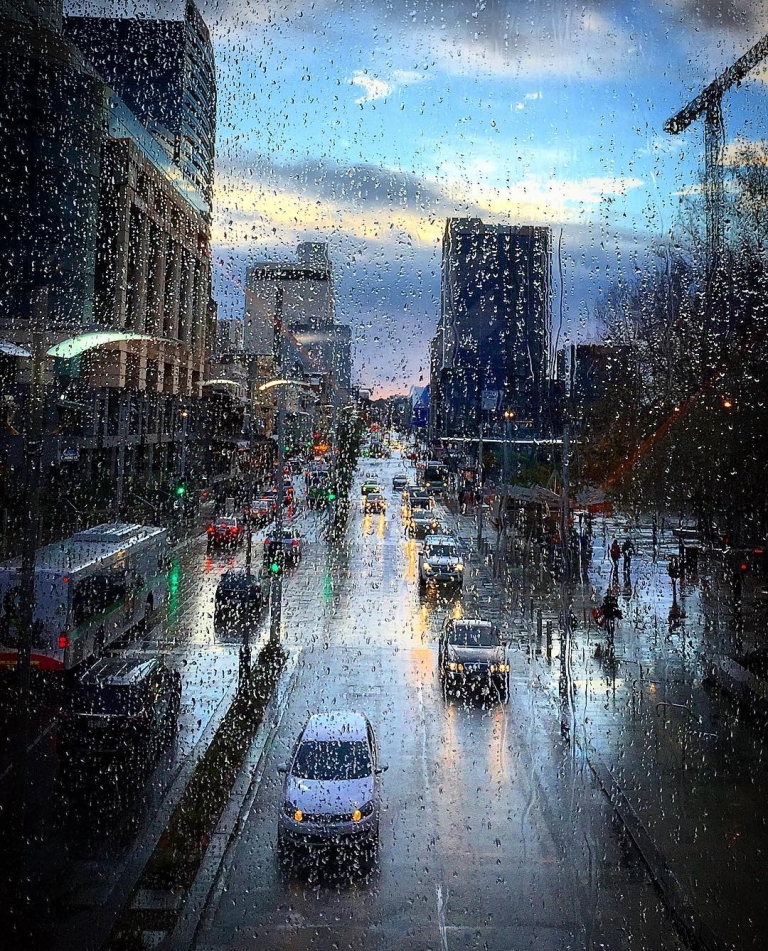
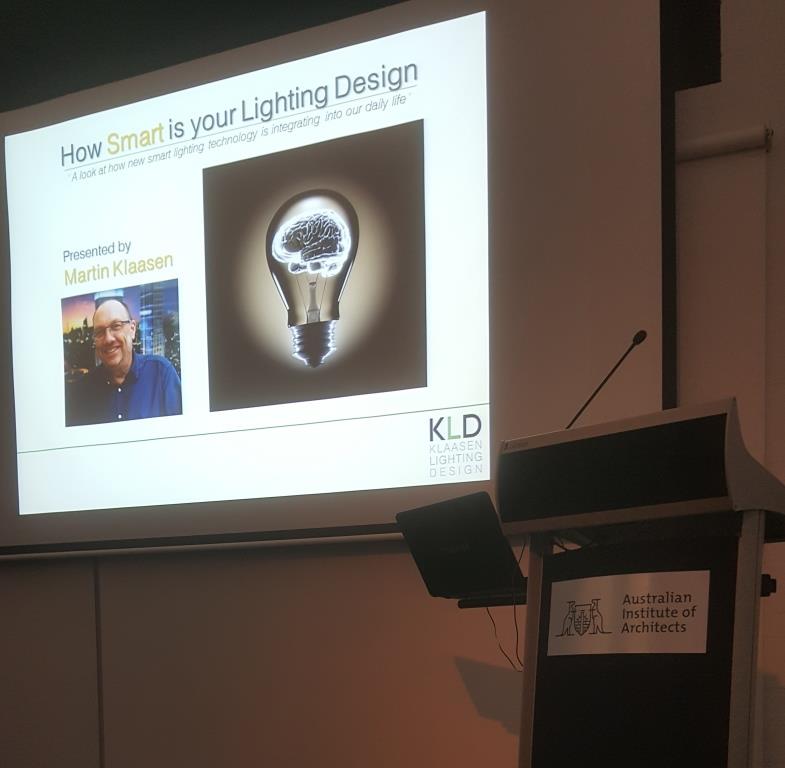
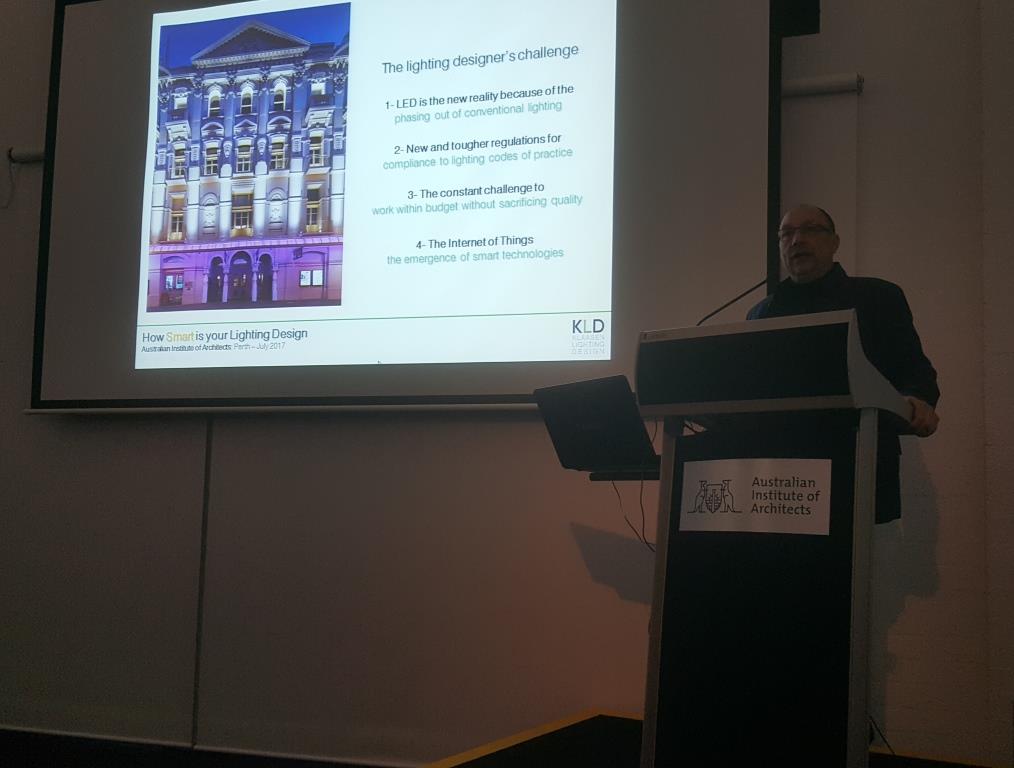
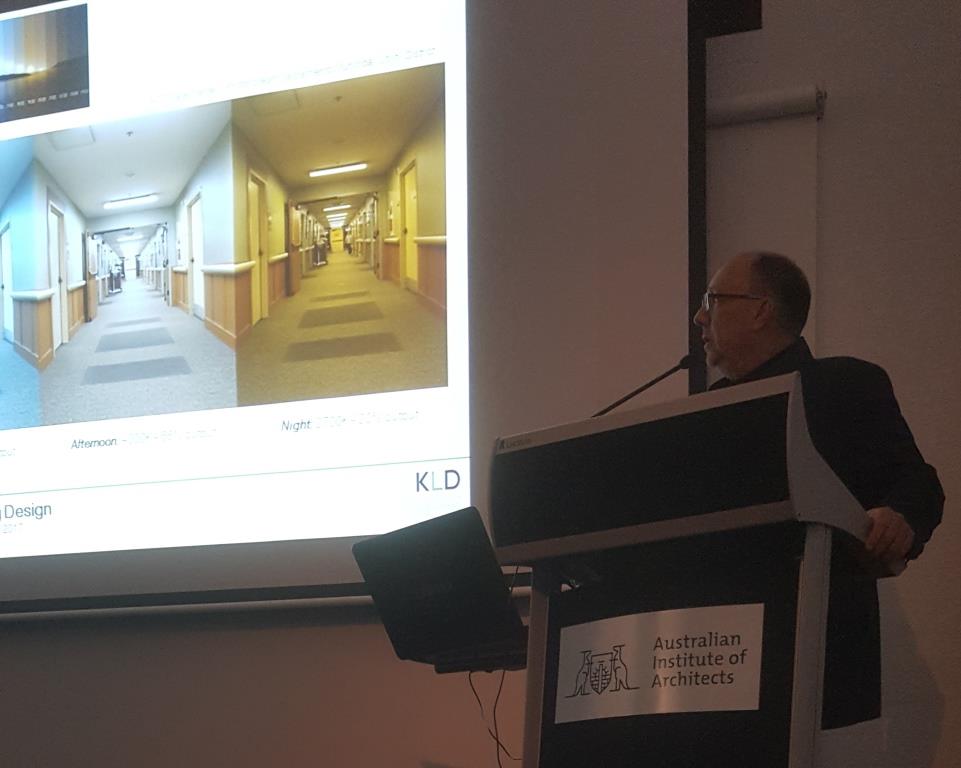

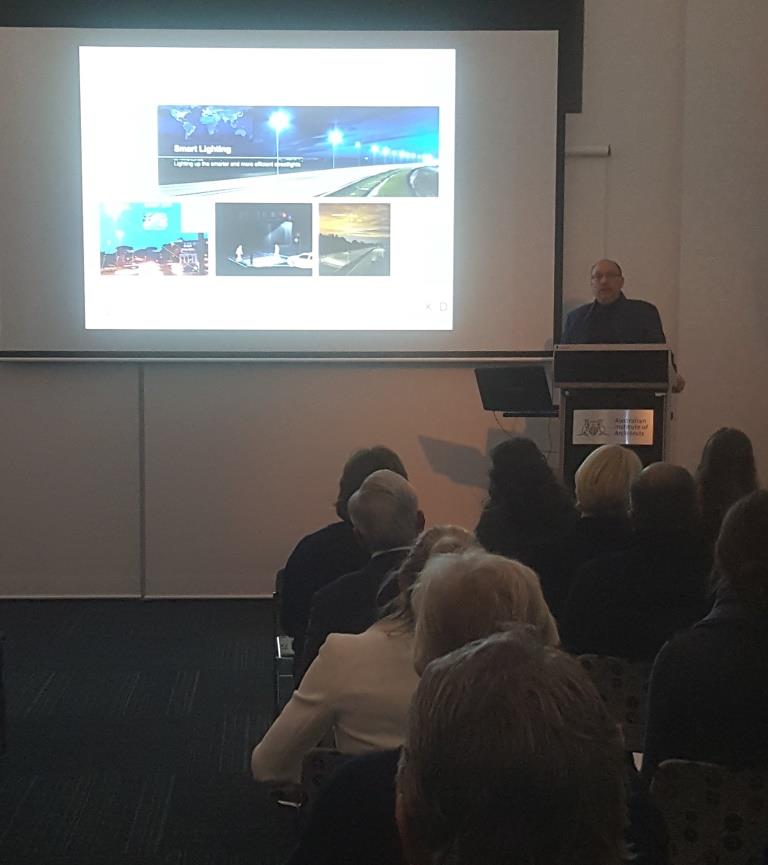
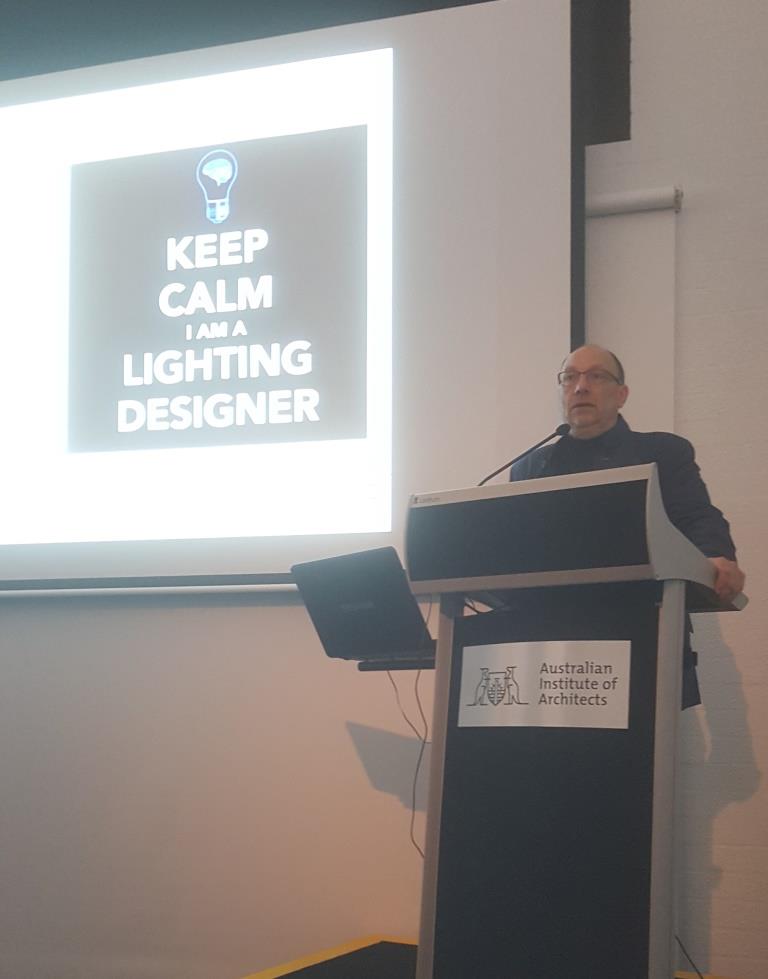
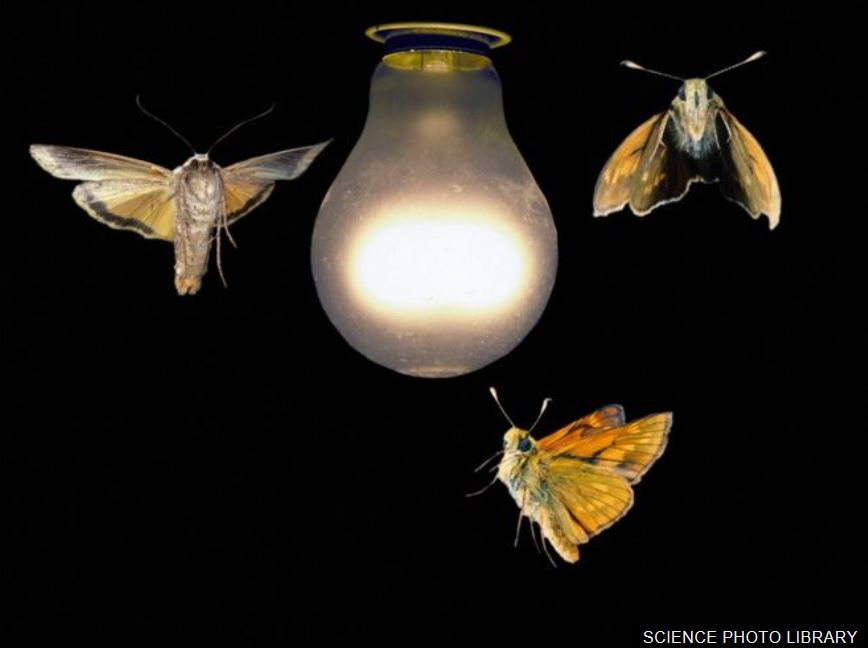

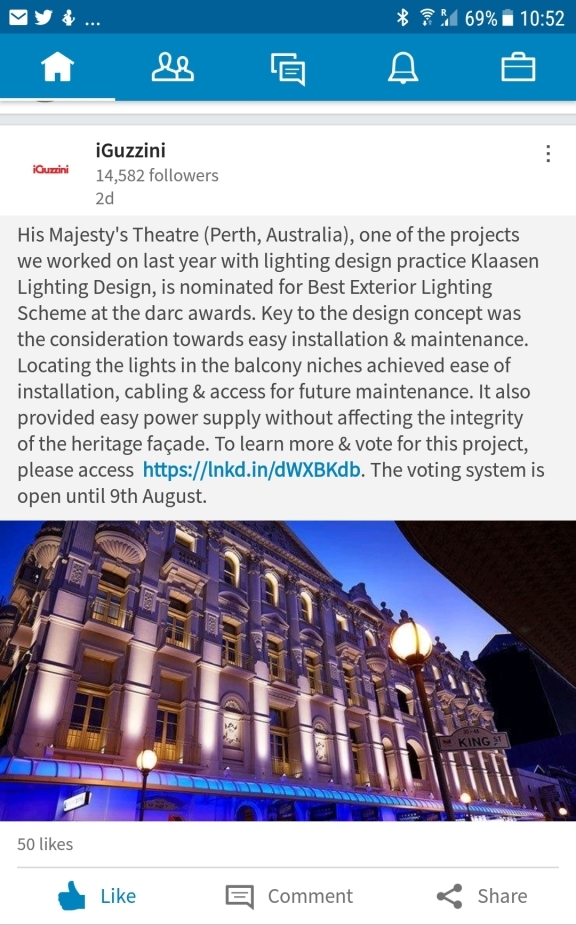
The week that was 24 – 28th July 2017
Singapore, weekend 29-30th July 2017
As I am contemplating the contribution of other collaborators to the blog, it’s time I do one myself again…J. It has been very inspiring and rewarding for me to see the contributions of my staff to this blog. While I am the key man on which this practice is built there is no way I could do all of it by myself. The contributions of each and every member of my team, small or big, in Singapore or abroad make KLD to what it is today. The team’s dedication, their passion and the commitment to do a good job, learn, grow and get better all the time has been heartwarming! I am truly blessed with such a dedicated team and collaborators!
This weekend I am back in Singapore after a heavy week of travelling. As I move on in years the travelling part is the part that seems to get to me most. I know how to deal with difficult clients, collaborate with designers and project managers who have an attitude, work my way through site issues and contractor fits, but keeping up travelling fitness requires pace, rest and discipline. This week I had a project meeting on a shipyard more than 250 km (!) south-west of Shenzhen to meet with team on site and check out the progress of a big luxury yacht we are working on. My team had been to site before and I was forewarned by them that the trip could be arduous…little did I realise at the start of my 3 day journey this week that I would spent about 10 hours in a plane (delays) and 20 hours travelling by car (traffic jams) for just over 4 hours total in meetings. The ship building facility is an hour out of Zuhai so arguably taking the ferry from Hong Kong to Zuhai and then on by car could be one way of reaching. However with both the client and the interior designer holding office in Shenzhen travelling through Shenzhen was decided. We did fly in via Hong Kong though because of the larger choice and flexibility of flights in from and out to Singapore. It was just unfortunate that the subsequent road trip the next day from Shenzhen took more than 5 hours due to unexplainable traffic jams…at one point we were literally stuck for over an hour on the highway not moving an inch…always be prepared for the unexpected! Add to that the searing heat of 35 degree plus and you can imagine the situation…
Anyhow in the end it was an important meeting, both on site at the shipyard as well as in Shenzhen with the designers. As with all projects coordination and cooperation are critical for a good end result and in China probably more than elsewhere, the decorum of the “boss” being present in high profile projects, regardless the costs, is seen as a sign off importance and prestige given to the project. While no major decision were taken that could not have been made without me present, making the effort to go to site to check and review the progress of the yacht building, discussing lighting issues with the site team was seen as a great sign of respect and show of our commitment to bring this project to a successful completion. We still have a year or so to go till the official launch and baptism of the ship, but the super structure starts looking good and I can’t wait for the start of the interior fit out…
For this project we have designed a custom integrated linear fitting of which we had brought a sample for testing and assessment by the installation team. The aim of the sample was to establish a few things:
1- are the dimensions workable
2- are the lighting effects smoothly dimmable (the dimmer specialist had come from Shenzhen to test)
3- how best to fix it in the ceiling
4- check the lighting performance in the actual space
5- get any other feedback from interior design and site team
We got all the answers needed and priced ourselves happy that we had insisted on this meeting as several issues in regards to dimensions, weight, installation and dimming were discussed, adapted and revised to suit the site conditions and dimmer capabilities. As often the case there is less ceiling space in some areas as previously assumed prompting us to redesign the recessed part of the fitting accordingly. No major problems expected but nipping this issue in the bud at this stage is crucial. Material finishes, optics and dimming protocols (DMX and DALI) will be reviewed to provide the client with an upfront budget estimate prior to proceeding.
The return to Shenzhen was a bit less strenuous but still a long journey and not surprisingly on arrival back at the hotel I went straight to bed after having had a shower to drench off the tiring and sweaty day we had experienced…The next morning we had a short follow up meeting with the interior designer to discuss the yacht issues from the day before as well as reviewing some updates on another mixed development project we are working on with them…but that is for another time…
Have a great weekend 🙂
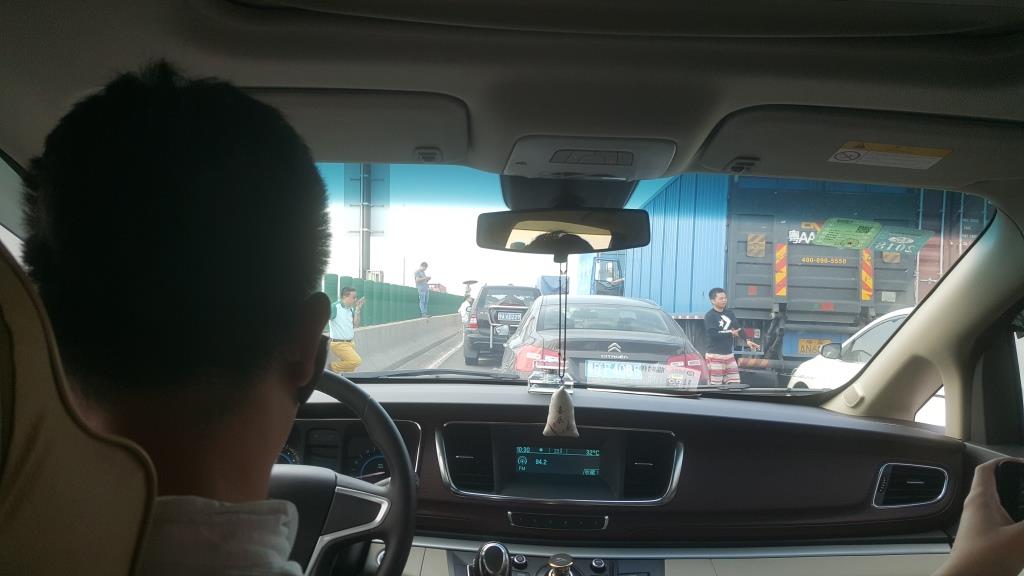
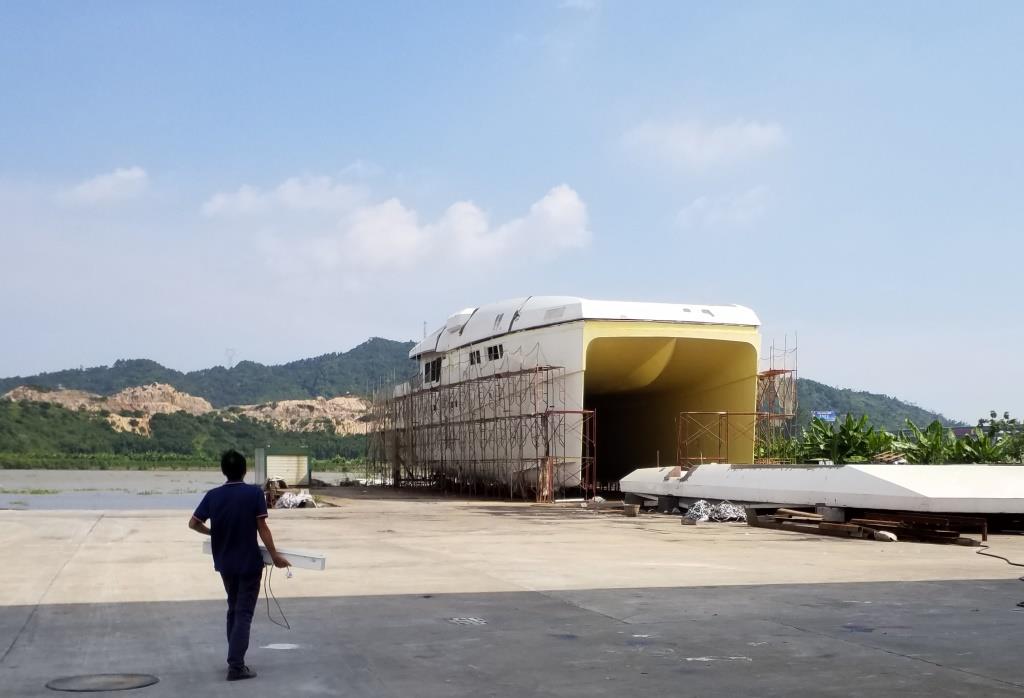
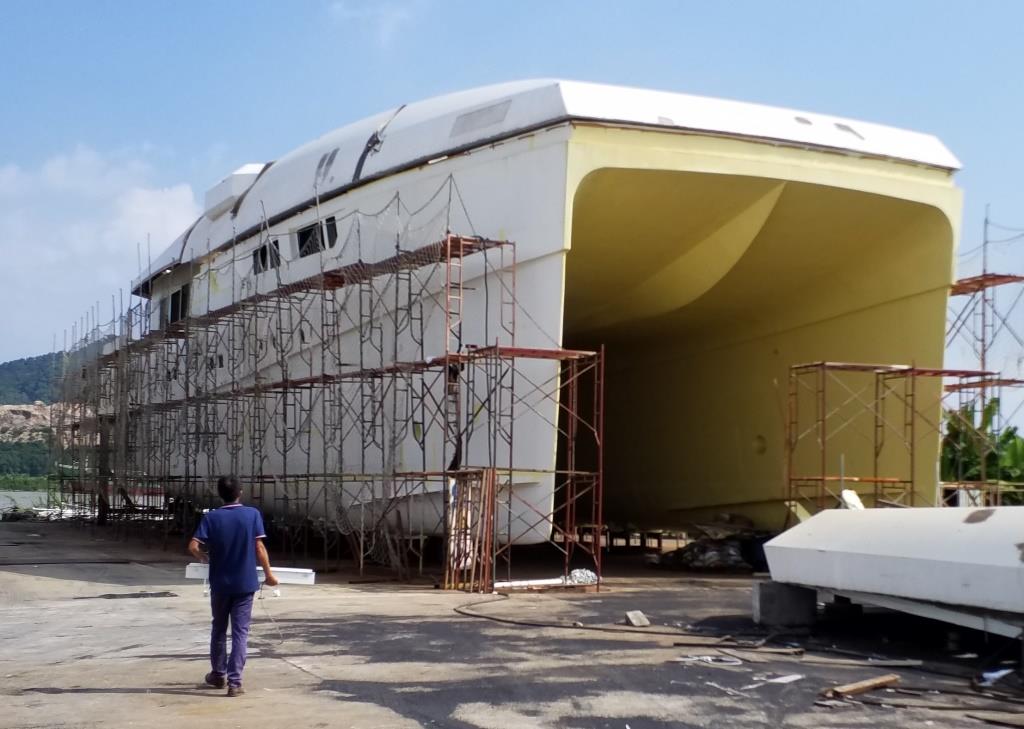

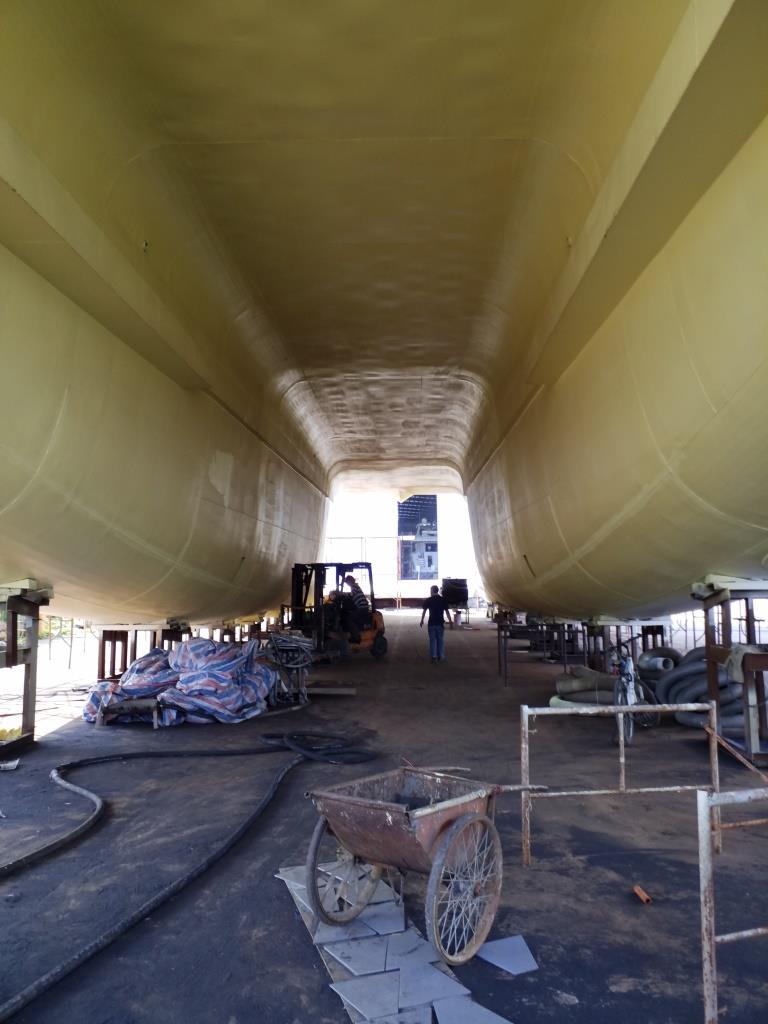
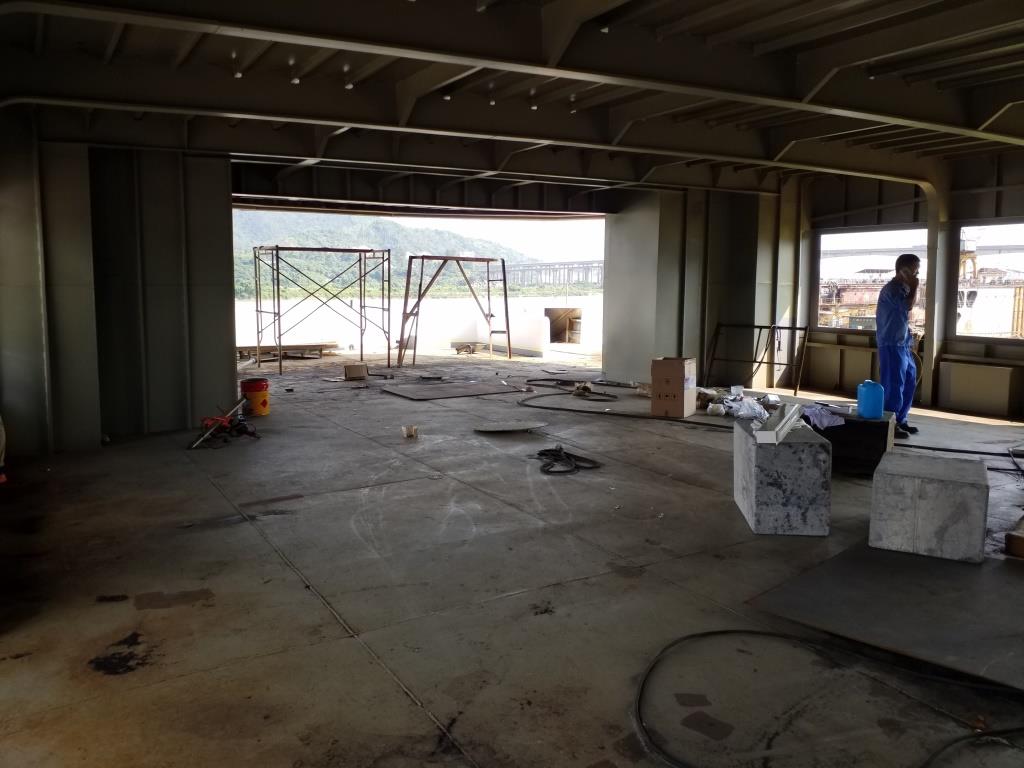
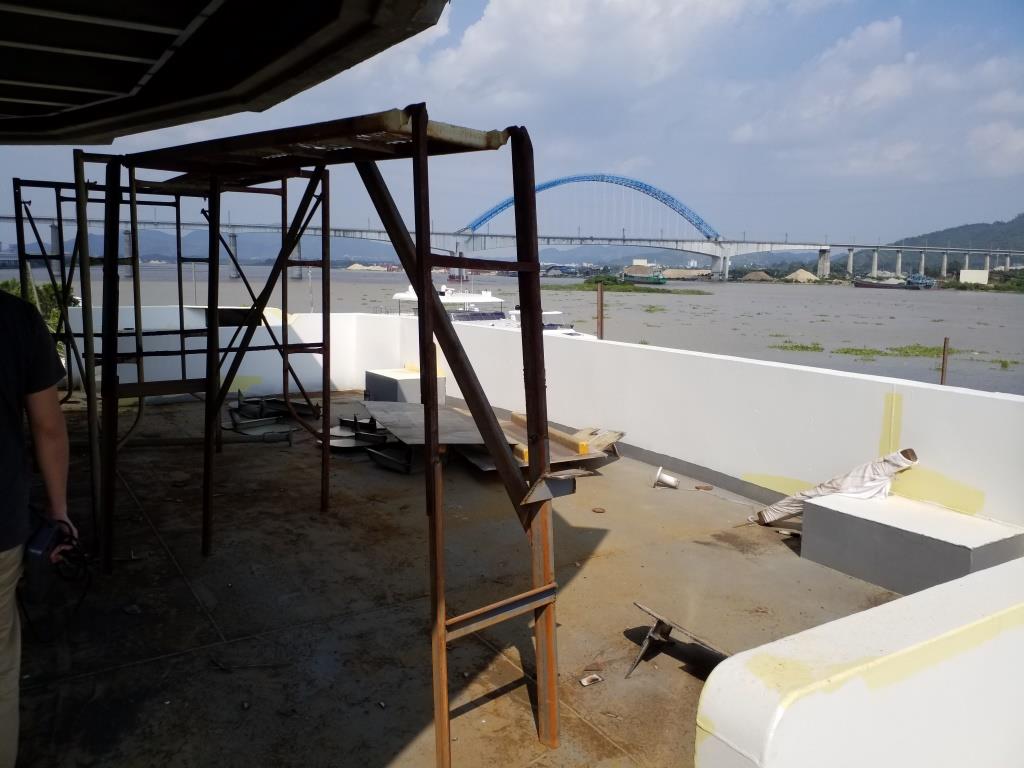

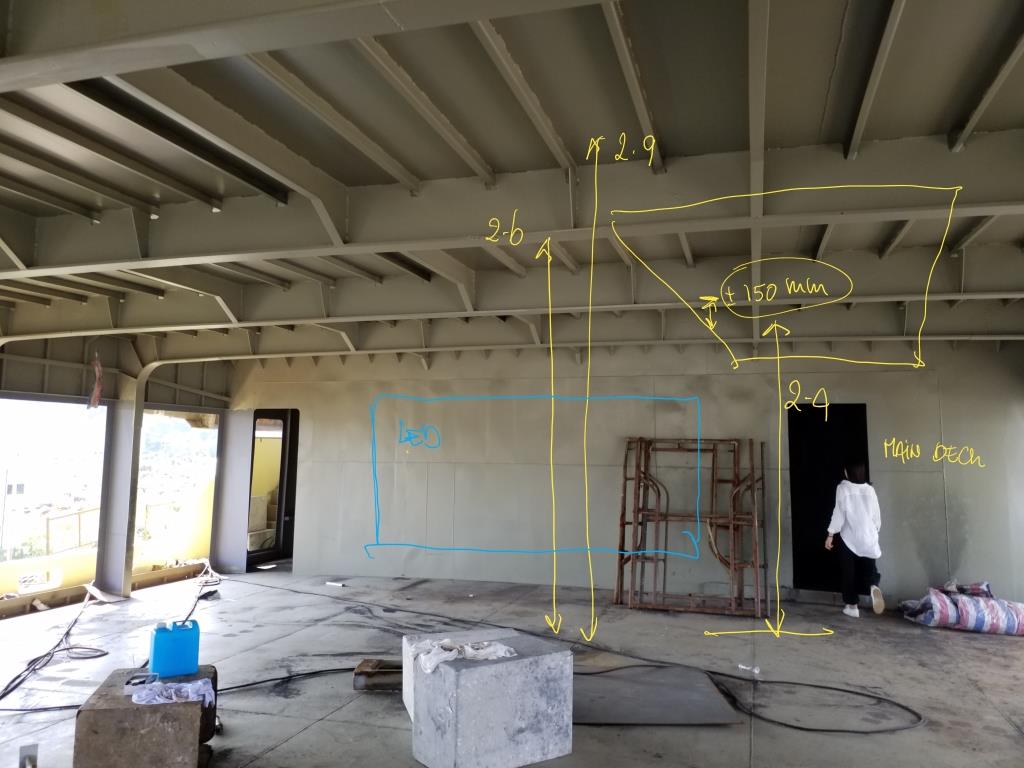
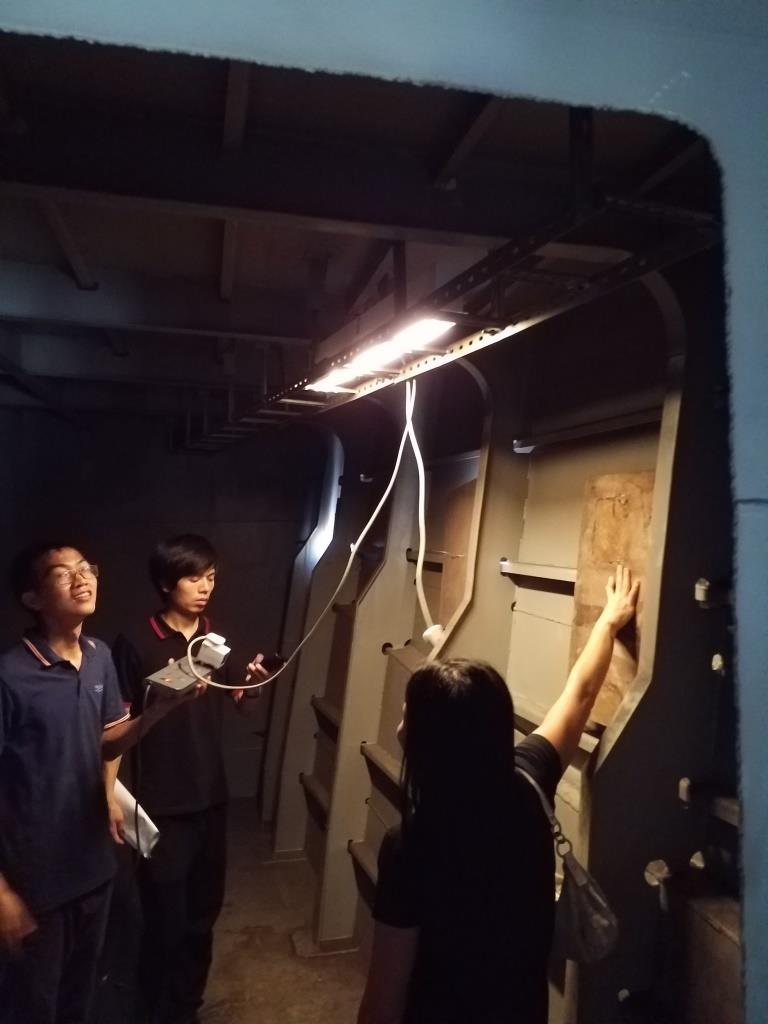
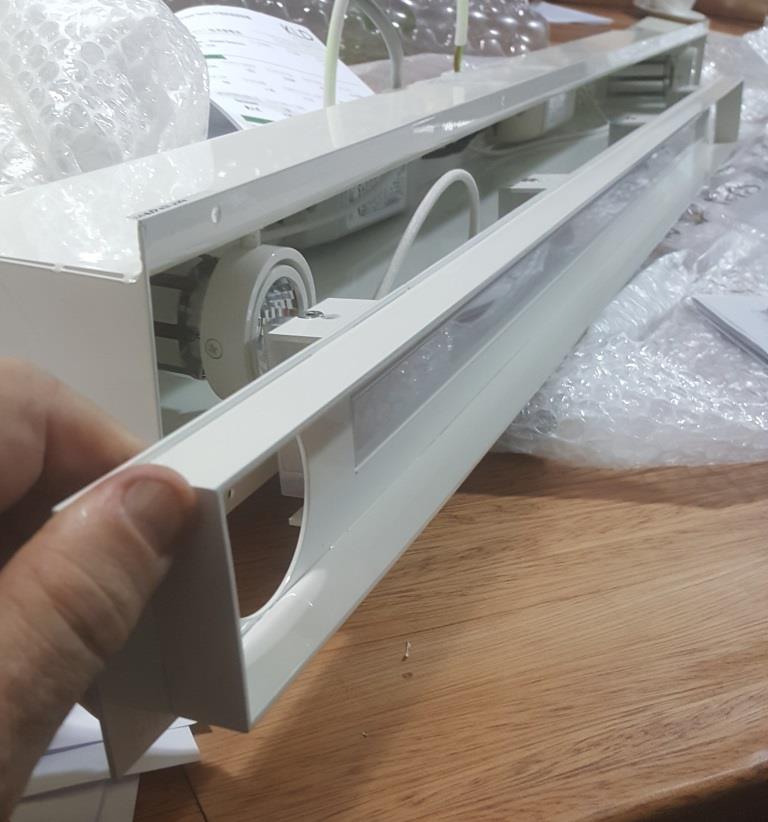
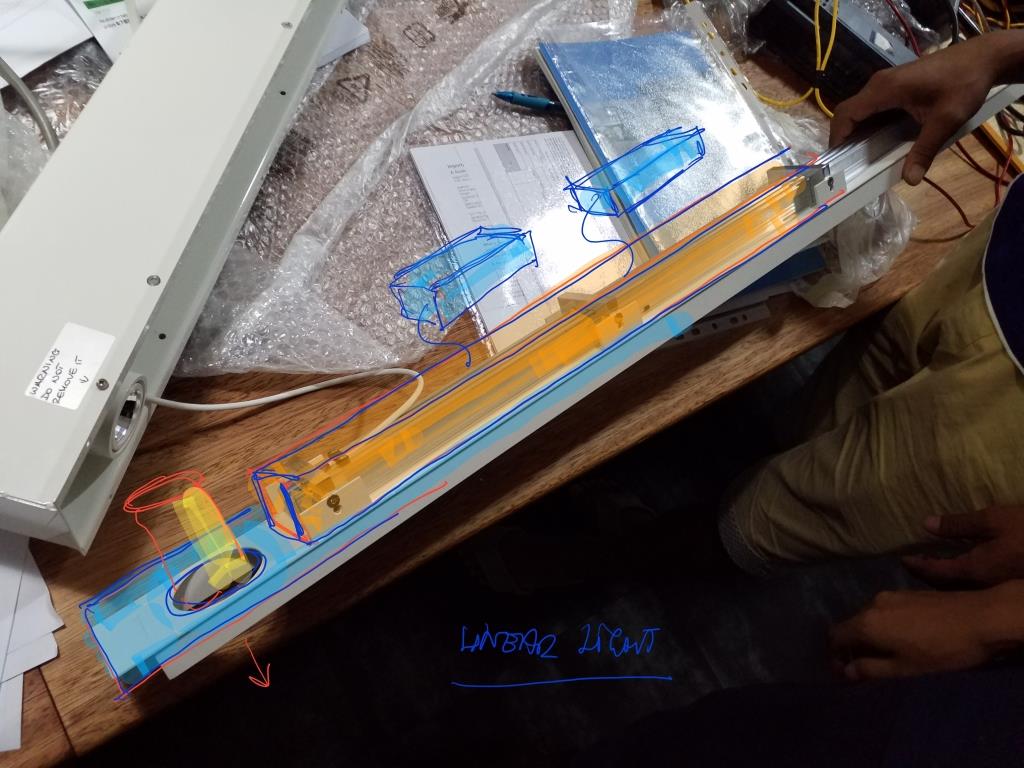

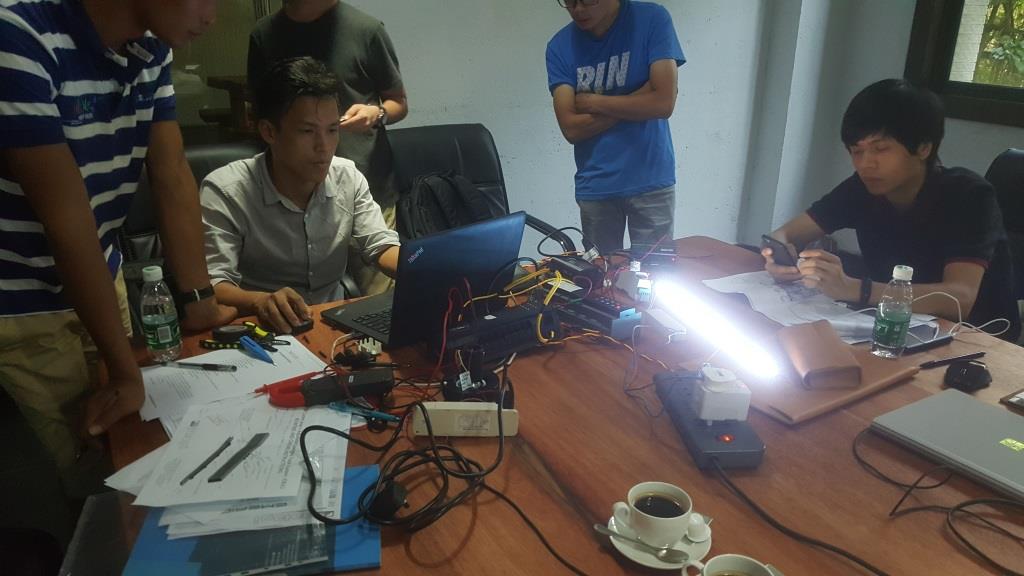

The week that was… 14 – 21st July 2017
Singapore, weekend 22-23rd July 2017
This week I have a very special guest, events lighting design specialist Frank Kelly, with whom I have struck a great professional friendship and together we are now looking at developing this relationship into a very beneficial project partnership. We can see the potential of combining our expertise of permanent architectural lighting and the dynamic world of events and content design. Frank is very well known by his peers in the events industry with an impressive track record, so I am really looking forward to develop this partnership! I asked Frank (in between his busy tour schedule) to write this week’s blog as to give a bit of insight in his life and the exciting events of a lighting designer, rigger, programmer and operator!
Frank Kelly, events lighting specialist
Over the years, I have witnessed great, unique and inspirational moments in my career as a lighting designer, technician and lighting desk operator. Starting many years ago as a technician placing 12 up lights around a marquee or hotel ball-room, it has now grown to setting up controls systems, rigging and designs for large sporting concerts, festivals and private party events which can have hundreds of moving lights and generics. Working in areas throughout the world in places such as St Barts, Azerbaijan, Singapore, Hong Kong, Europe and my home country of Republic of Ireland.
Starting my career in the London UK was great, it’s truly the home of high class private parties for the rich and famous, I was fortunate to work for a small but special event company in North London that supplied lighting, sound, set and fireworks for large private parties and events for the rich and famous. Events such as in Azerbaijan, St. Barts and Dubai will forever stay in my mind due to the adventure, hardships and issues that came along with them. Making sure the projects are successful is always my number one aim and making the impossible, possible. But knowing the moment to say NO!, is also very important in certain cases. Working with other suppliers and working a tight time line has always been a key part of the job.
“Money is no object”, is a line I love to hear from clients. A great example of this is many years ago when Iceland supplied the rest of Europe with the infamous Ash-Cloud that grounded all international flights in Western Europe. I was part of a team that had a project starting in Venice, a 7 deck ship the client had chartered for a 4 day cruise down the Adriatic Sea. The client sent a car for us with a driver, took us to Paris, his private plane was waiting for us and flew us to Venice, where we took a speed boat to the ferry. But then reality hit as we realised that the 40 foot trailer on the port-side full of equipment was waiting for us to be unloaded, setup, tested for a live show within 24hours. Sister Sledge was the main act for that party.
I’ve worked with artists who refuse to let me program lights while they are doing their sound checks, as guests are about to enter the venue. That’s always a challenge. But the fact is, you have to love this job if you want to be successful. It lets you see the world, different aspects of life in all communities, learning new techniques, ideas and solutions when watching other talented lighting designers from different continents. The down sides are that at times you are working when others are already on their way home or getting up early mornings and going home late nights, working for 24hours and sleeping for 2…
But I can’t complain as for the past 3 years, it’s been non-stop for work, spending 3-4 months of the year in the Middle East working on many large & spectacular shows, events & ceremonies. 4-5 months in UK and Europe and the rest of the time in Asia and Singapore. So I’m one of the lucky LD’s that manage to hit all 3 areas in the peak season.
You will always encounter some great and talented people and meeting Martin has been one of those fortunate pleasures. Since meeting Martin we have struck a friendship and now I’m working as part of his new live event team and looking forward to translate our cooperation into a lasting success!
It’s really a strange, exciting, challenging and adventurous job, being a lighting designer, rigger, tech and programmer!
Frank Kelly
Pop concerts

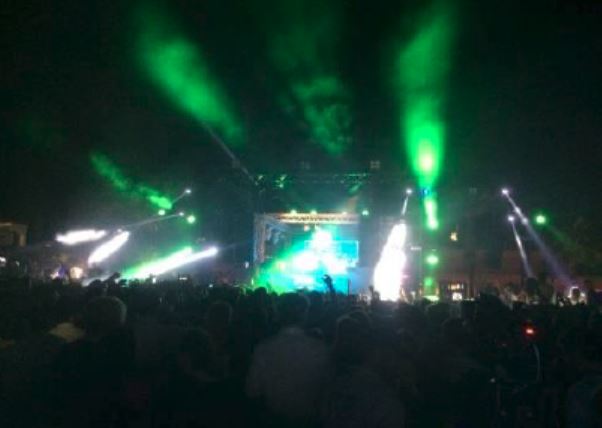
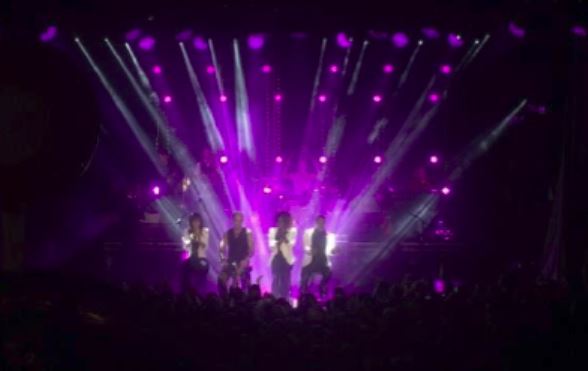
Fashion shows
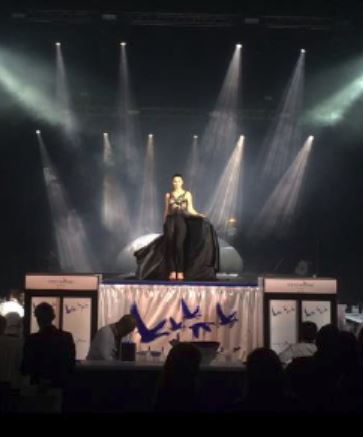
Ceremonies and celebrations, sporting events




Corporate events and fundraisers
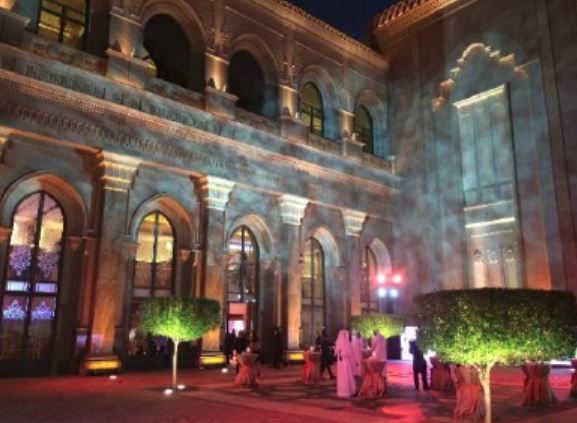
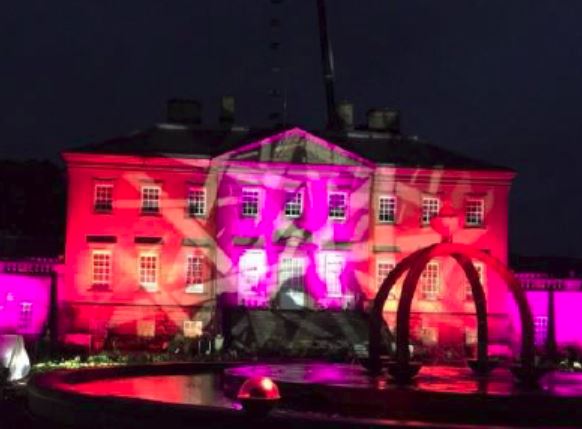
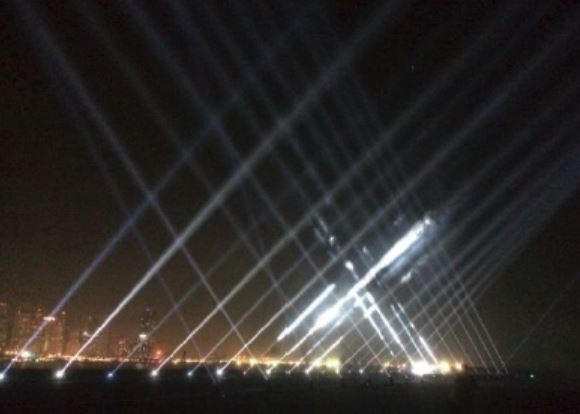

Private Parties
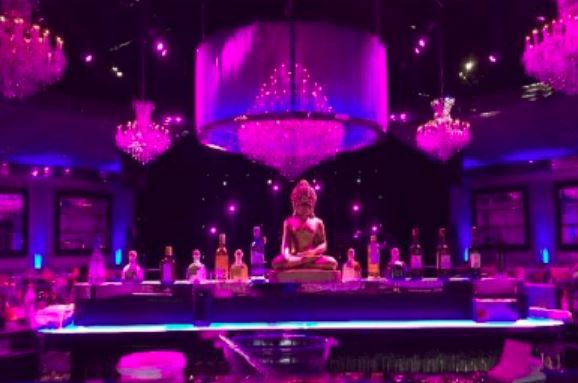
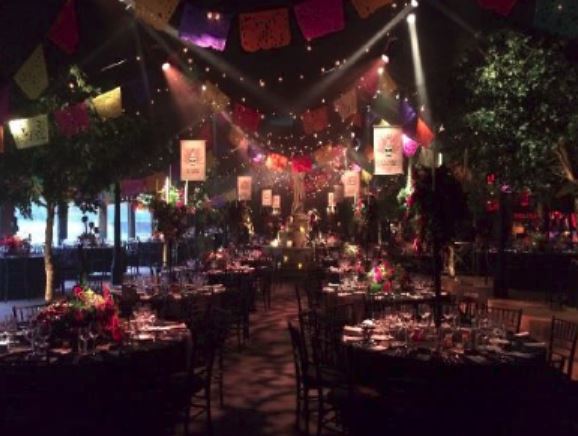
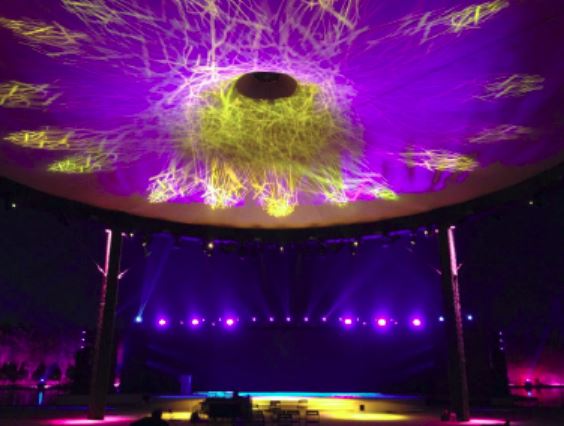
The week that was – Special Edition- 10-14th July 2017
Singapore, weekend 15-16th July 2017
After my recount last week of the dramas that unfolded in China it is my great pleasure this week to introduce my partner in crime during the trip, my daughter Kyra. What was supposed to be her maiden trip to China turned out to be quite an adventure 🙂 The reason I am happy to feature her in this week’s blog is that she is able to give an outsider’s look at what we do as lighting designers…she knows me as her dad and telling her stories about my work, but that is not the same as actually experiencing it! So here she is in a special edition of the Light Talk blog!
Light. People often take it for granted when it’s there, but when it’s gone or poorly lit you sure do notice it. Understanding the skill of a good lighting designer is one of the biggest things I’ve learned filming and making videos for my Dad as a professional video producer. Earlier this year I made a corporate video for Klaasen Lighting Design, my Dad’s company, and it was the first real opportunity I’ve had to truly understand what my Dad actually does and how he does it.
When I tell people my Dad is a lighting designer, many of them actually have no idea what that really means or have even heard of such a profession. General responses I get are “Oh, so he designs lamps?” or “You mean lighting in theatre or film?” I realised that it is a fairly universal term, because a lighting designer can be in many different fields. The best way I explain it to others is the way my Dad explained it to me: “You have an architect, an interior designer, and then there’s me, the lighting designer! We all work together. Just like an interior designer decides on colours, materials, what type of furniture goes where, a lighting designer chooses what lights, where they go, where they shine, etc.” But of course it involves much more than that.
After completing the KLD corporate video, I had so many of my friends and colleagues commenting on how much they enjoyed watching it and how cool my Dad’s job is, because for the first time they genuinely understood what his role as a lighting designer is. To me, this also reinforced the importance of my role showing how powerful the visual story telling of video actually is. For the corporate video I travelled to KLD’s Singapore office to film interviews and accompany my Dad to his on-site projects. I’d never been to my Dad’s new office before and it was a really great experience getting to know his staff and conduct interviews with his senior project managers and lighting designers in the office. Interestingly enough, while I was scripting, filming and editing the corporate video, I realised I only really knew on a surface level what my dad did and getting to experience it first hand was a very eye-opening and immersive experience. So, as much as other people learned while watching the video, I learned just as much in the process of making it.
After the success and positive feedback of the flagship corporate video, we decided that it may be a nice idea to try doing specific project videos, in a perhaps more documentary-like fashion. An idea we were both excited about and were keen to explore.
So my Dad decided to begin with the Alila Yangshuo Hotel project in China. So I travelled with him and his senior lighting designer and manager of the project, Cheryline, to film the grand opening of this hotel. You will of course know what happened to this project from my Dad’s last blog mentioning the flooding, which was a very unexpected and sad twist of fate in direct contrast to the happy festivities of the previous day. However, despite the flooding, it does not diminish what an absolutely fantastic and beautiful project it is. So yes, the hotel has had a setback, but I am really excited to edit this project video together, because it is a wonderful project and I had an amazing time there amidst the majestic Guilin mountains, watching my Dad and Cheryline do what they do best. – their jobs as professional lighting designers! We arrived 2 days before the opening, so that there was time to check the lighting installations and make sure everything was honky dory before the big day. Of course, my job was documenting all of this. Later on I also travelled with my Dad to his Xitang project just outside Shanghai, which is still in the early building stages.
Being able to tag a long and make these videos has taught me a lot about my Dad’s job, so I thought I would share what I’ve learned.
- Translators. Working in different countries with different cultural norms, and you don’t speak the language: my Dad doesn’t speak Chinese (or only very little), so how does he communicate his vision with the rest of the design and construction team? This was a very interesting process to witness. Cheryline played a key role in this as she can speak both Chinese and English, so it was her job to make sure the communication process happened as smooth as possible. It can make the process rather frustrating and time consuming to have the translations going back and forth through various chains of command.
- Team work: as a designer working with other designers, everybody has their “vision” or their dream of what it will look like. The real challenges is being able to come up with a united vision between all of the designers, while still satisfying the needs and requirements of each individual designer. So being able to have witnessed the dynamic between the architect, interior designer, hotel operator and lighting designer, it created a whole new layer of understanding for me as an outsider, into how much team work is required to reach a final stage of design. Often compromises have to be made.
- The process. Being able to see and understand the process from beginning to end has been interesting. Lighting design is not just about designing, it’s about communication and testing, and keeping up to date with the latest technologies, having good relationships with suppliers and manufacturers. Working with a ginormous group of people from other design consultants, to contractors to hotel operators. It’s about being able to adapt to changing circumstances and still come up with a beautiful design that still celebrates the building space, even if it doesn’t end up being the original design. This you can only find out my testing the lights on site once they are installed by contractors. So it’s understanding that it’s not just about sitting behind a desk designing something on a sheet of paper, it’s also the physicality of actually going to site and testing these lights too.
- Testing lights at night. This is such a small simple stupid thing that I hadn’t even thought about. When are lights the most prominent and play the biggest role? At night of course. Hence often lighting designers work through the night, because they can only test the performance of the light at night – at night. Very obvious and logical, but not something you think about if you’re not a lighting designer.
- Clients. As with any job, you’re going to have different kinds of clients which will fall into a certain category or stereotype. It’s doesn’t take long to figure out what kind of client you have on your hands. Tagging along with my Dad, I was able to see what kind of clients he has to deal with and the constant juggling act between compromising to give the client what they want, whilst still being able to maintain high quality professional lighting standards. This more often than not has a pretty close correlation with how much the client respects you as a designer versus them just wanting you to get the job done no matter the compromise on quality. KLD does a lot of hotel projects, so this means dealing with the hotel operator as well.
- Integration. I’ve learned that good lighting is how well it is integrated into the architecture, so it comes across as seamless. This comes back to what I said about people taking for granted that lights are already there and not really noticing its direct presence. Unless the design purposely makes light a feature element, more often light is meant to highlight the architect’s work and blend effortlessly into the environment.
- Renderings. During my video editing I have come across the ‘layers of light’ renderings that my Dad does for his lighting design process. These are CG renderings of the project (rooms, exteriors, interiors etc) which show step-by-step each layer of light in the space. This allows you to see the comparison between how the space looks without light, and with each varying degree of light. This has been one of the best visual tools I have used in the corporate video to demonstrate the role of good lighting design in any given space.
These are some of the things I have learned during my time with KLD. Hope you found it insightful, just as I have! Below some of the pictures I took from the site in Yangshuo.
(MK: I added some of Kyra 🙂 )
All the best,
Kyra Klaasen
www.kyramedia.com
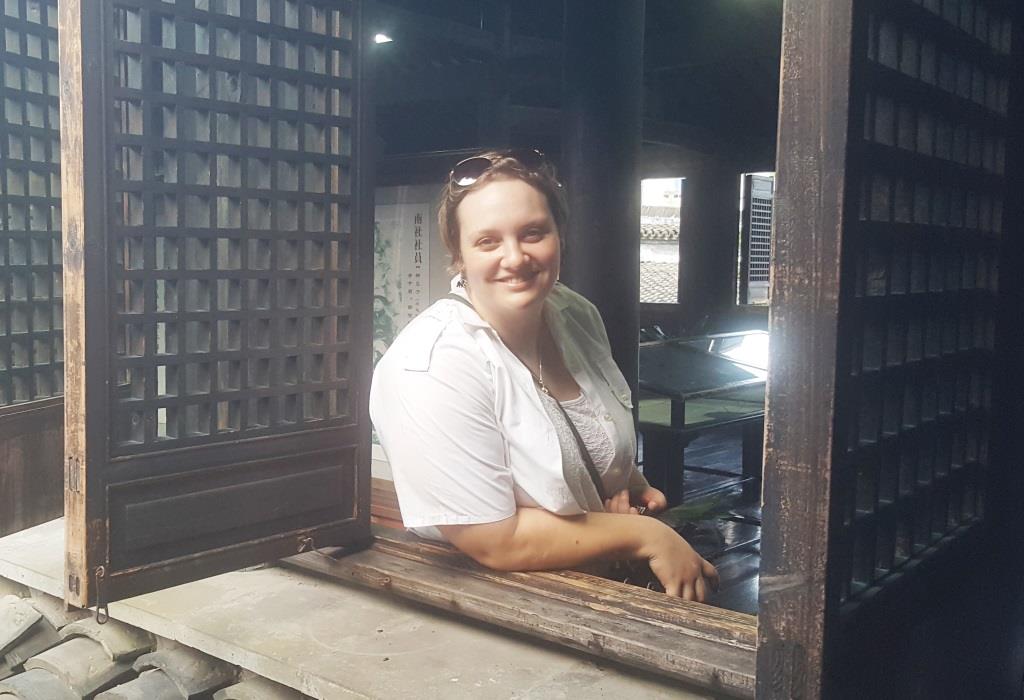
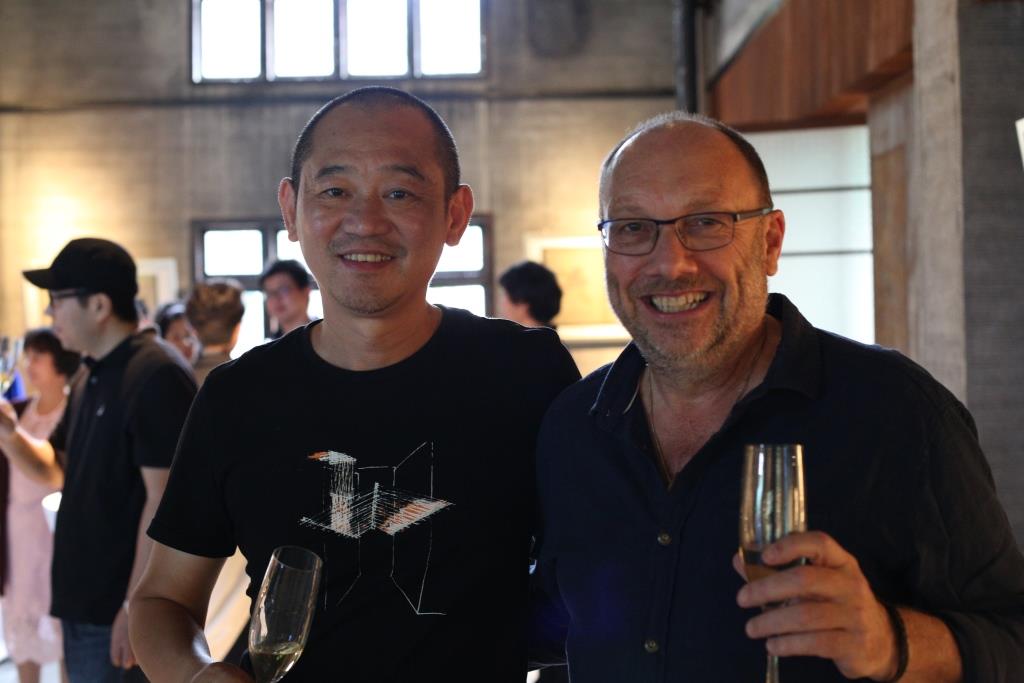
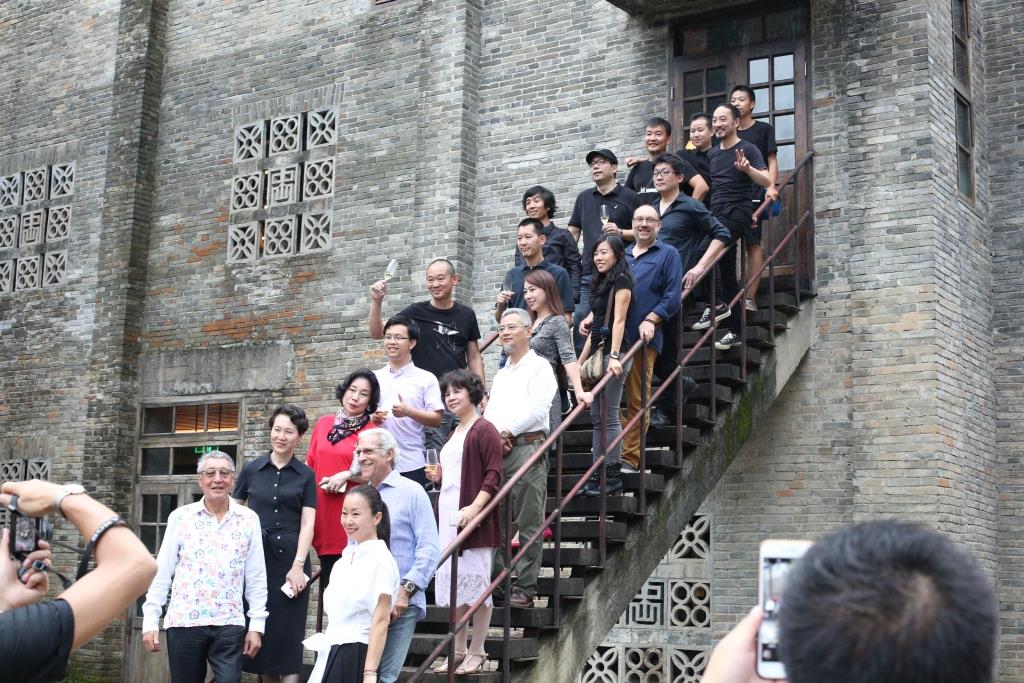
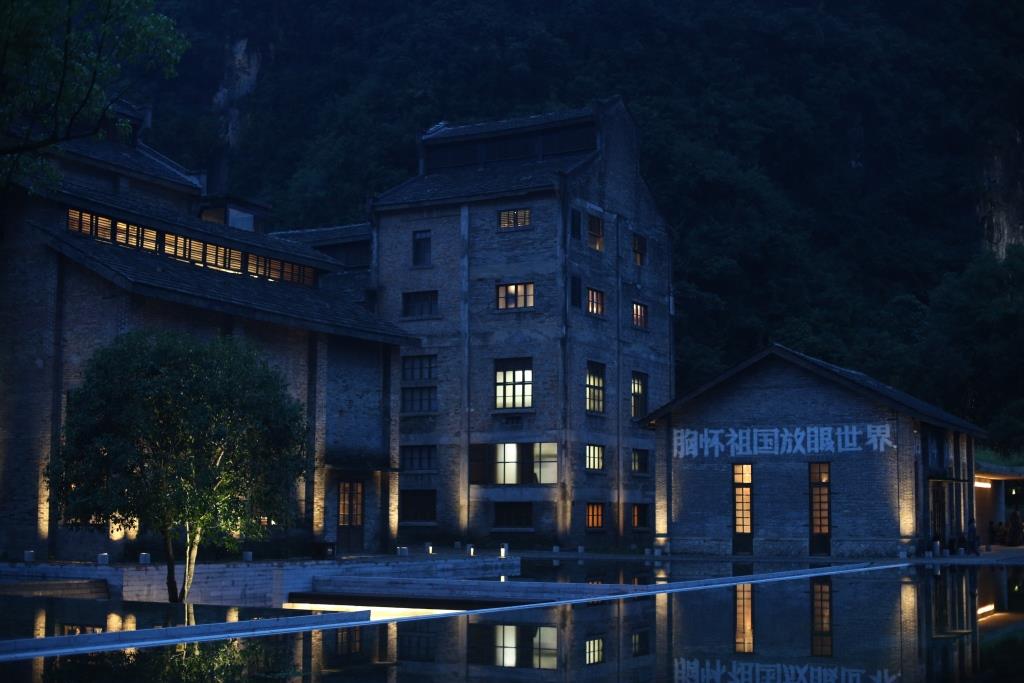
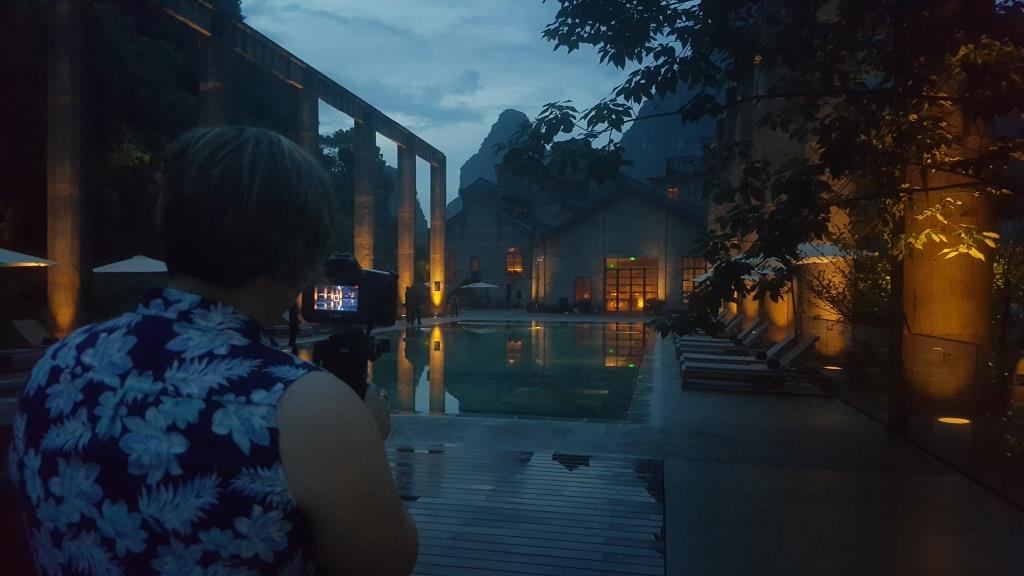

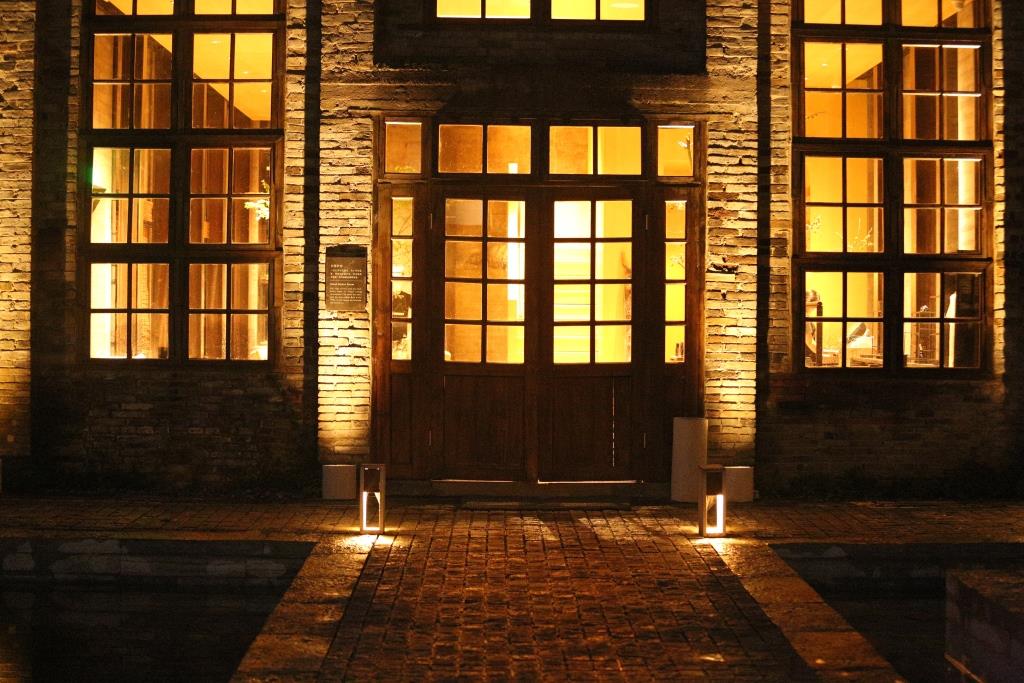

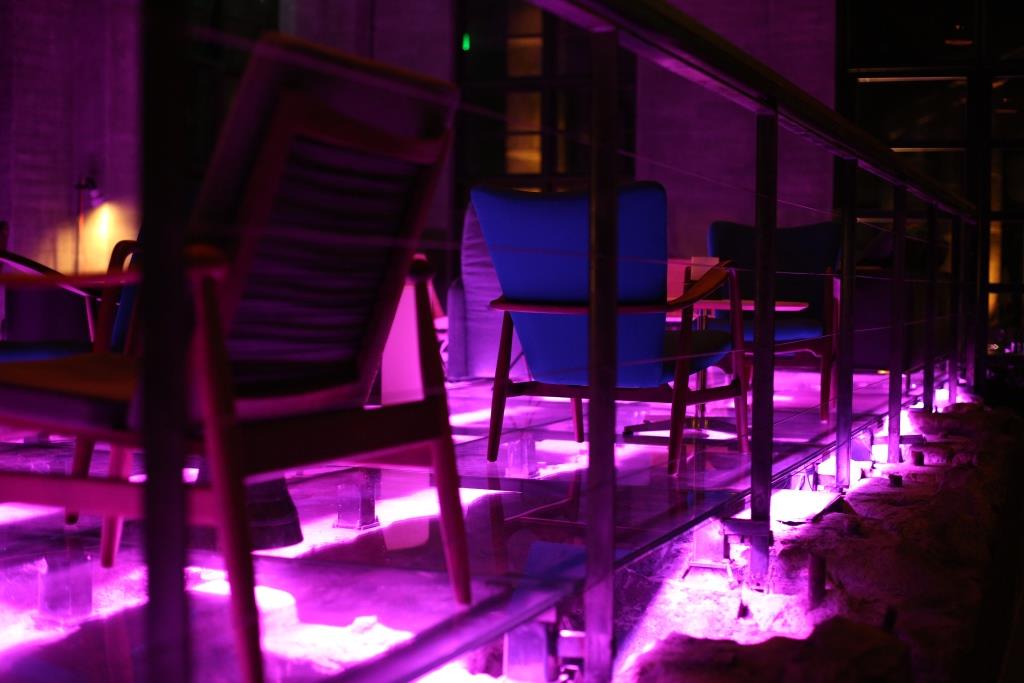

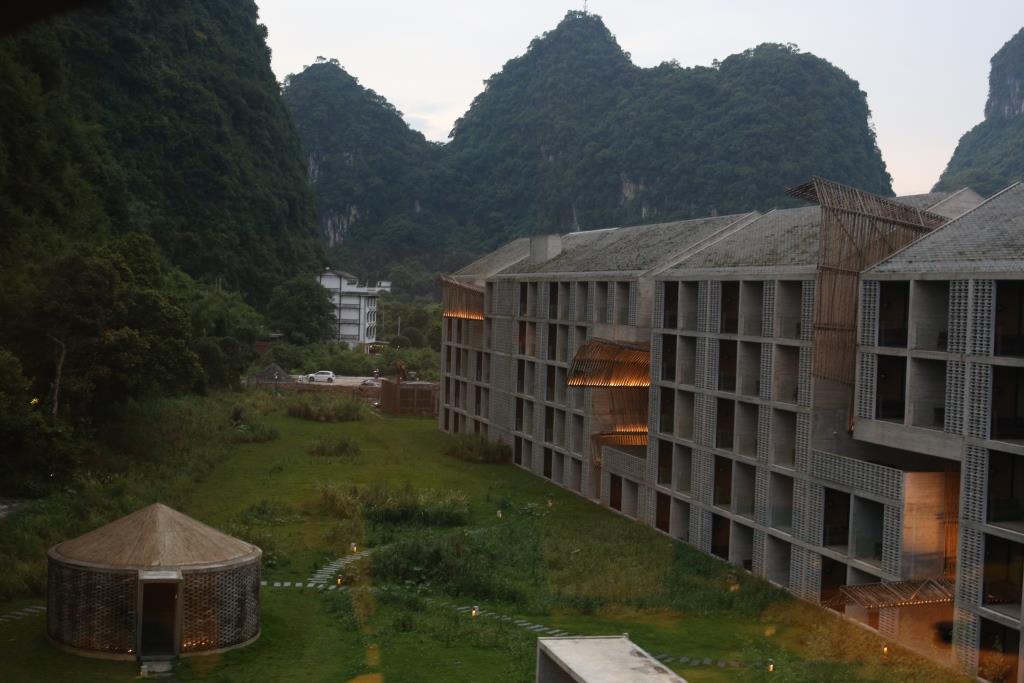
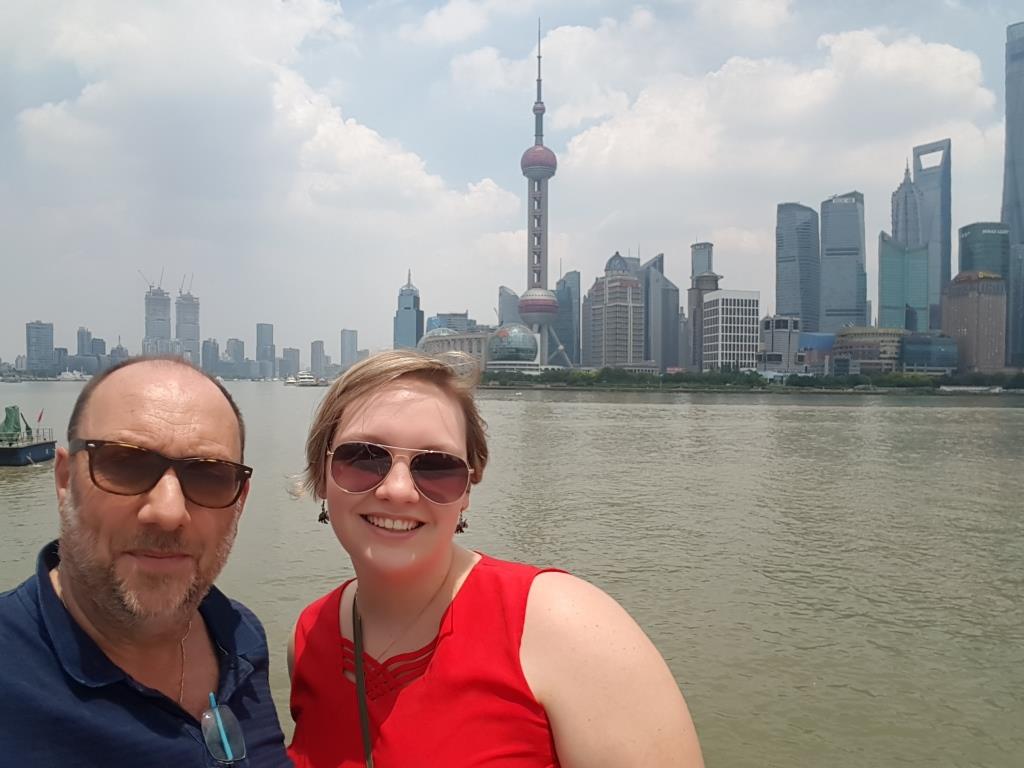
The week that was…3-7th July 2017
Singapore, weekend 8-9th July 2017
This week I want to share the dramatic events surrounding the opening of our latest project in Yangshuo, in the Guilin Mountains in China. What was supposed to be a glorious opening on which I was going to report after 4 years of hard work, turned into a dramatic and sad sequence of events for everyone involved. It sounds dramatic and it was dramatic…
In the days leading up to the grand opening last Saturday 1st of July everything was pointing towards a joyful opening and the start of a great success for the hotel. We fine-tuned the programming of the lighting controls, laid the last hand to some aiming and focusing of the lights and all looked great with everyone snapping happily away with great money shots. I had brought Kyra along who had done a terrific job with our corporate video to shoot video’s of the project on site, do day-night time shots and interview the key players such as architect, interior designer, operator and client. All felt good and the mood was that of well-deserved satisfaction of a job well done after so many years of hard work…Here are some of these money shots to give you a feel of the project before all the drama unfolded.
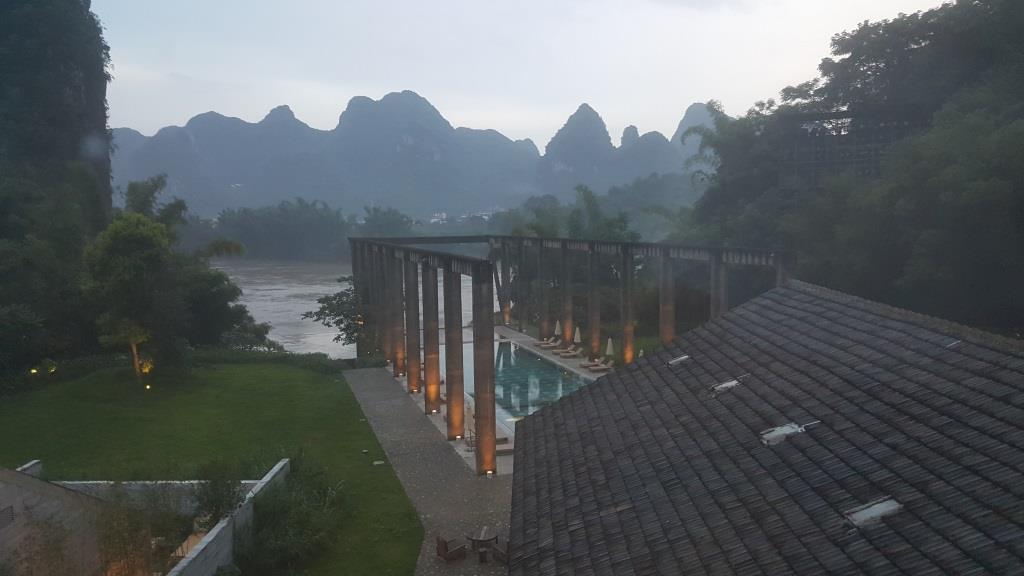
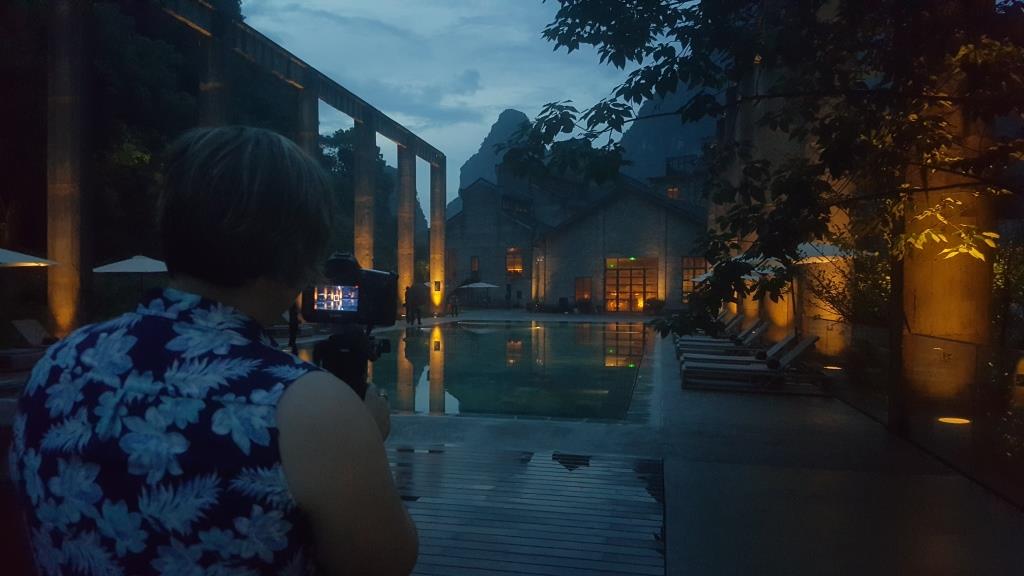
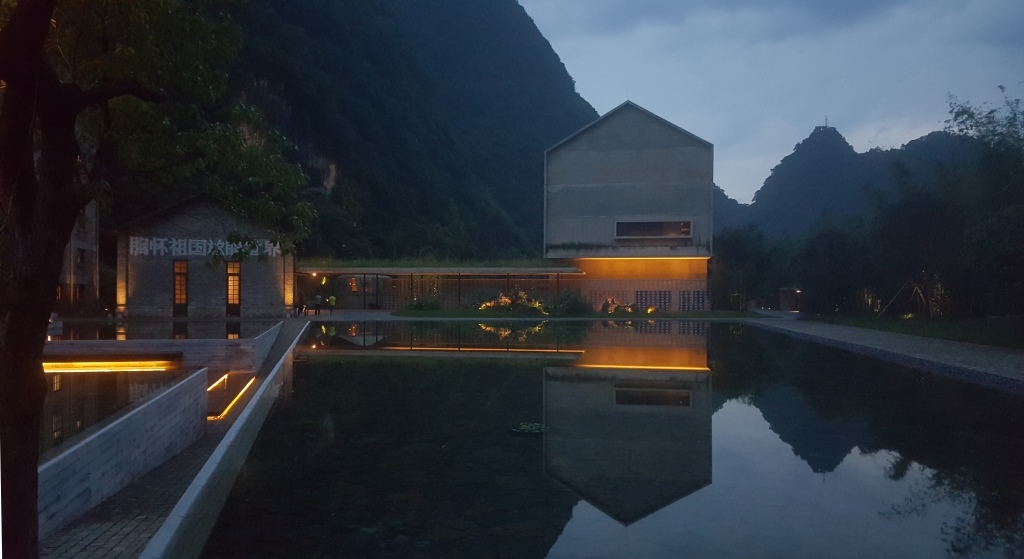

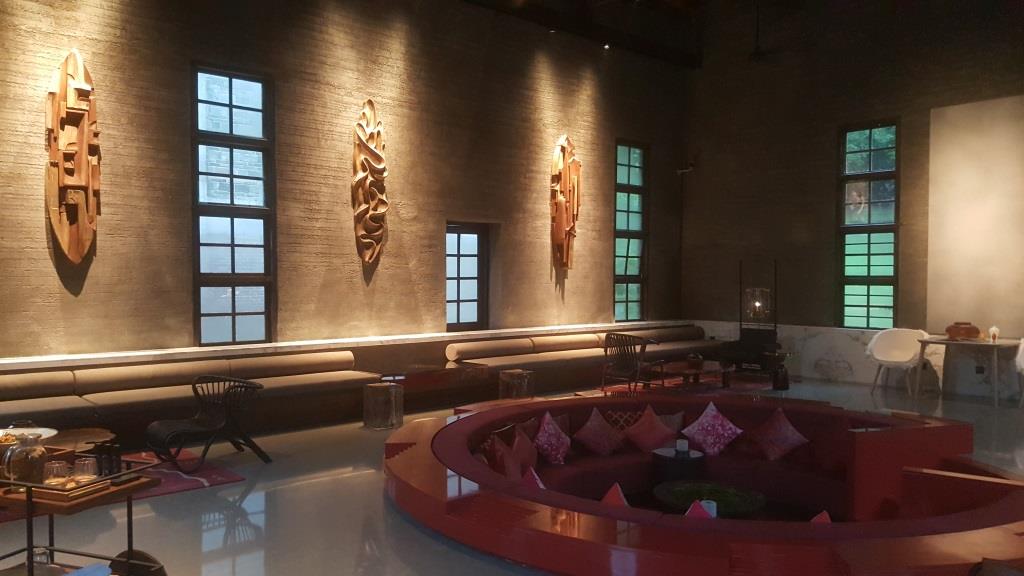



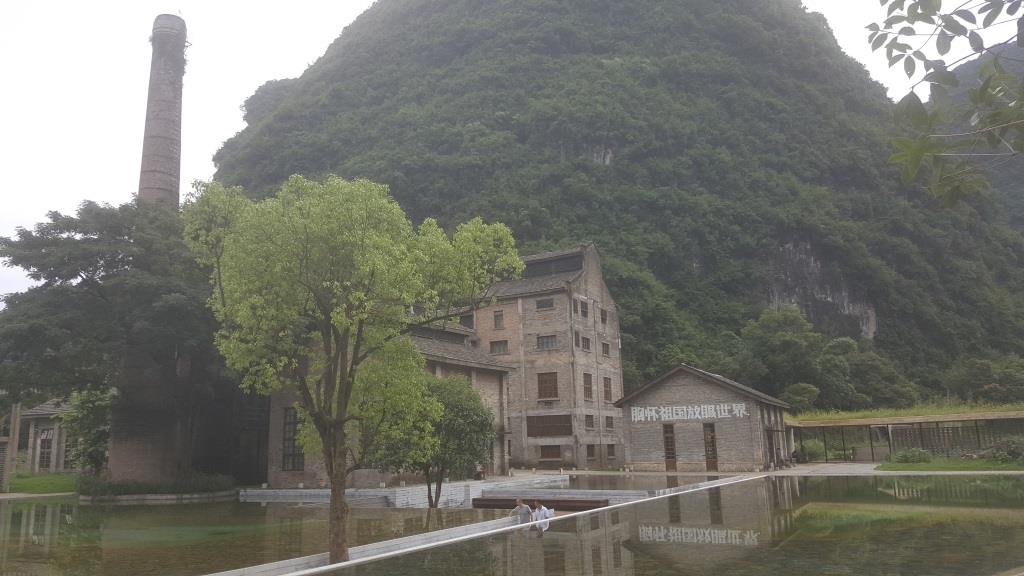
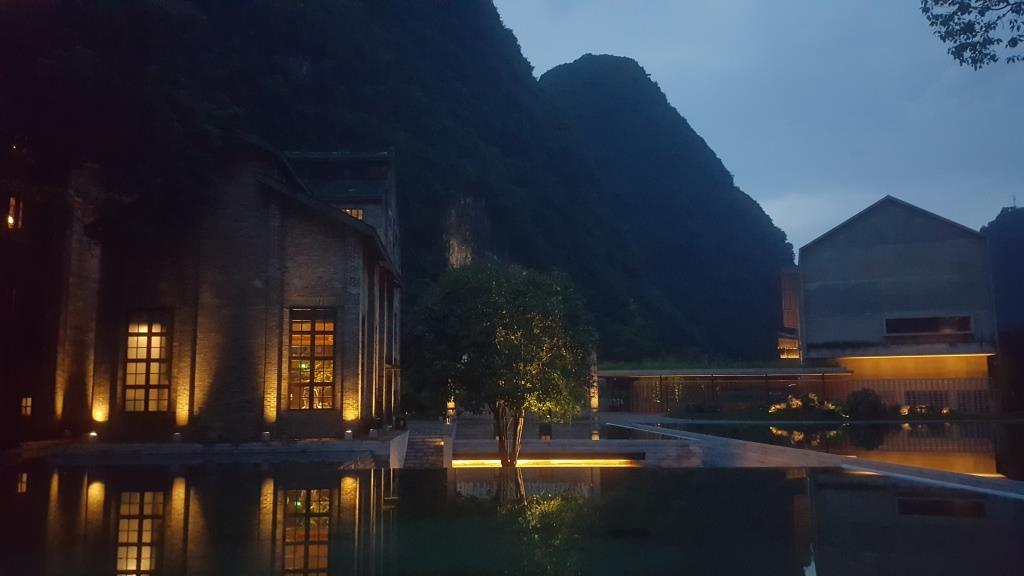
It is however the rainy season and the river had risen well above its usual levels with the pier already being partly under water, however that was nothing unusual, the designs catering for this water rises. All our lights were installed above the highest known and recorded water levels, just under the pool deck. It rained of and on and generally it was regarded as a sign of good luck with water representing incoming wealth…While water kept rising it all seemed under control and no-one was panicking. These are some earlier days views of the water levels…
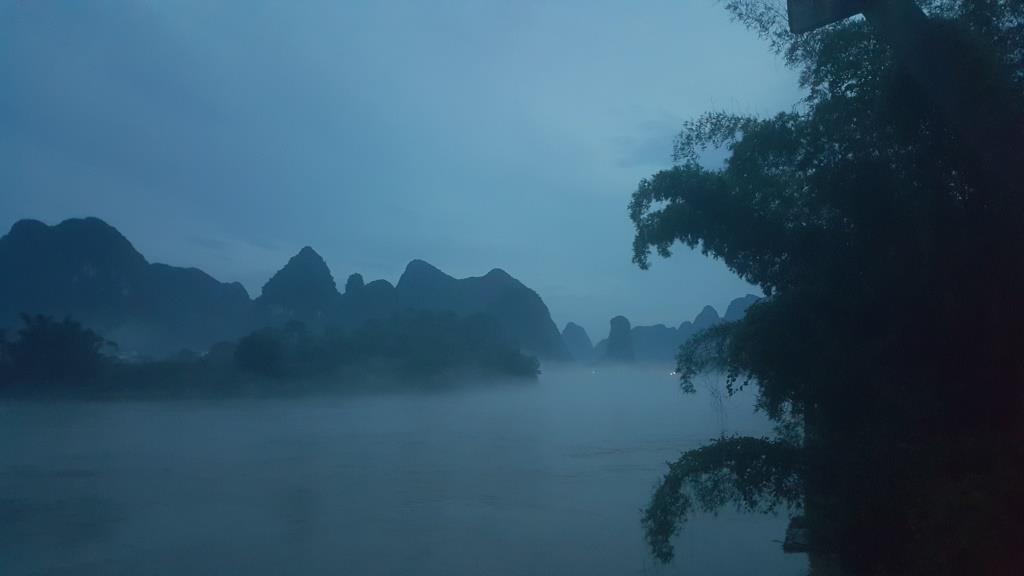
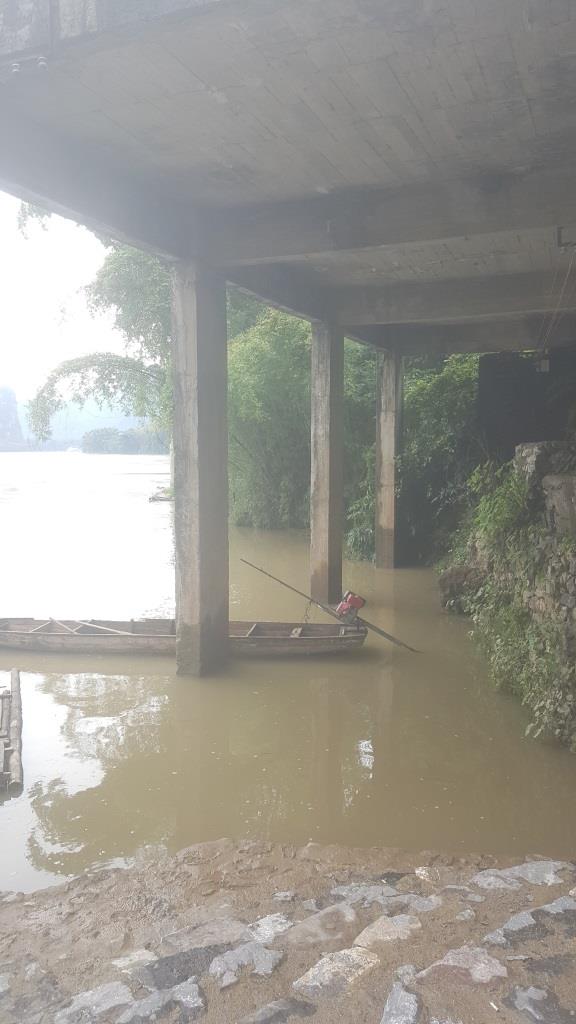
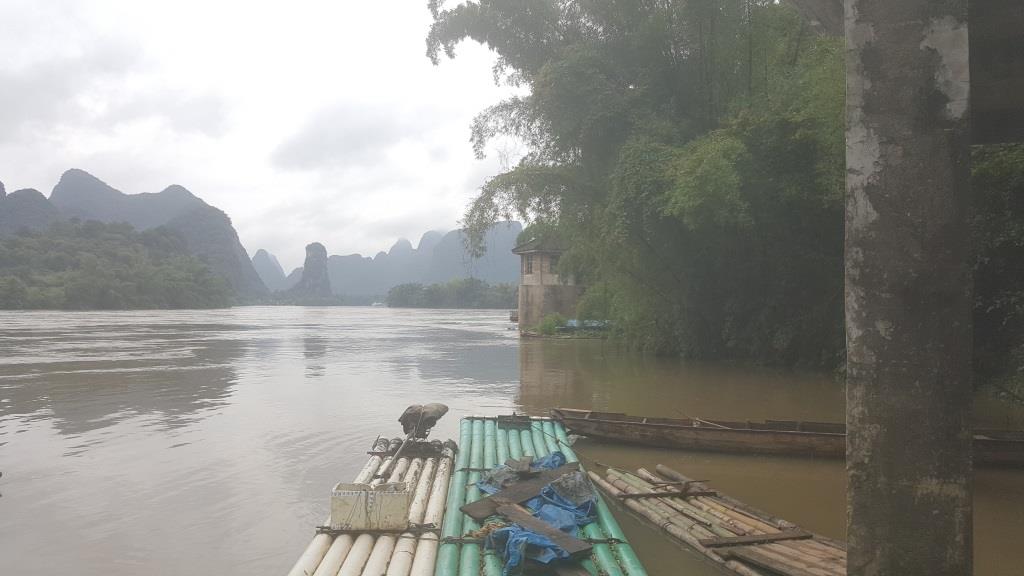
On opening day we had some intermediate rain but nothing out of the ordinary and the ceremony unfolded under a very happy mood. A presentation of the project history with lots of laughter and memories going through the site pictures, the official and un-escapable lion dance and fireworks followed by unveiling the hotels name sign. We adjourned to the restaurant for the grand dinner and continued toasting to our success till the wee hours in the bar…we went to bed with a very happy feeling



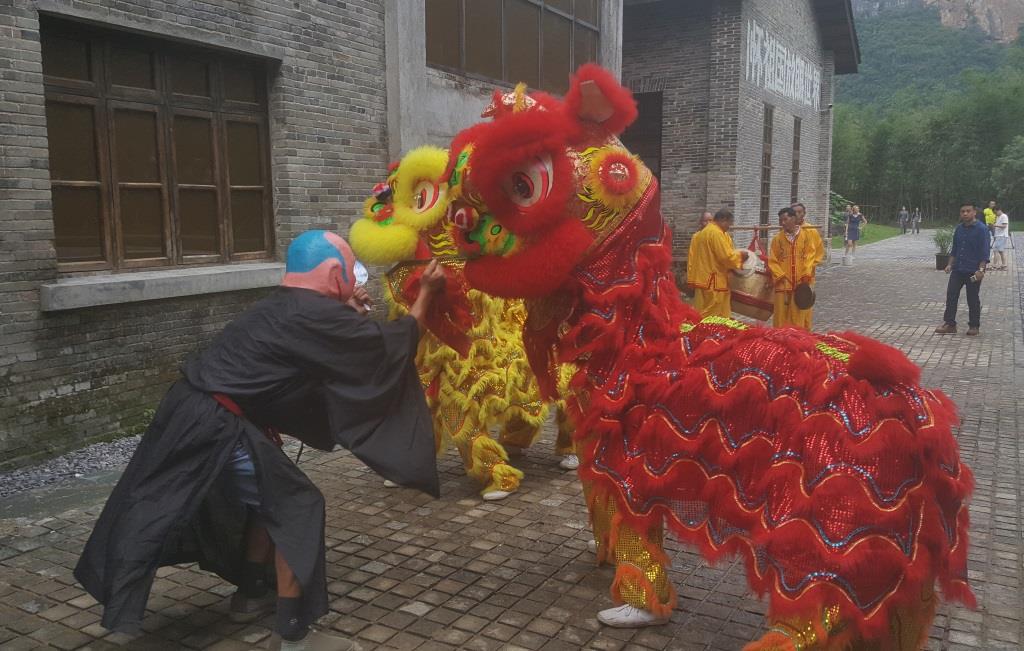


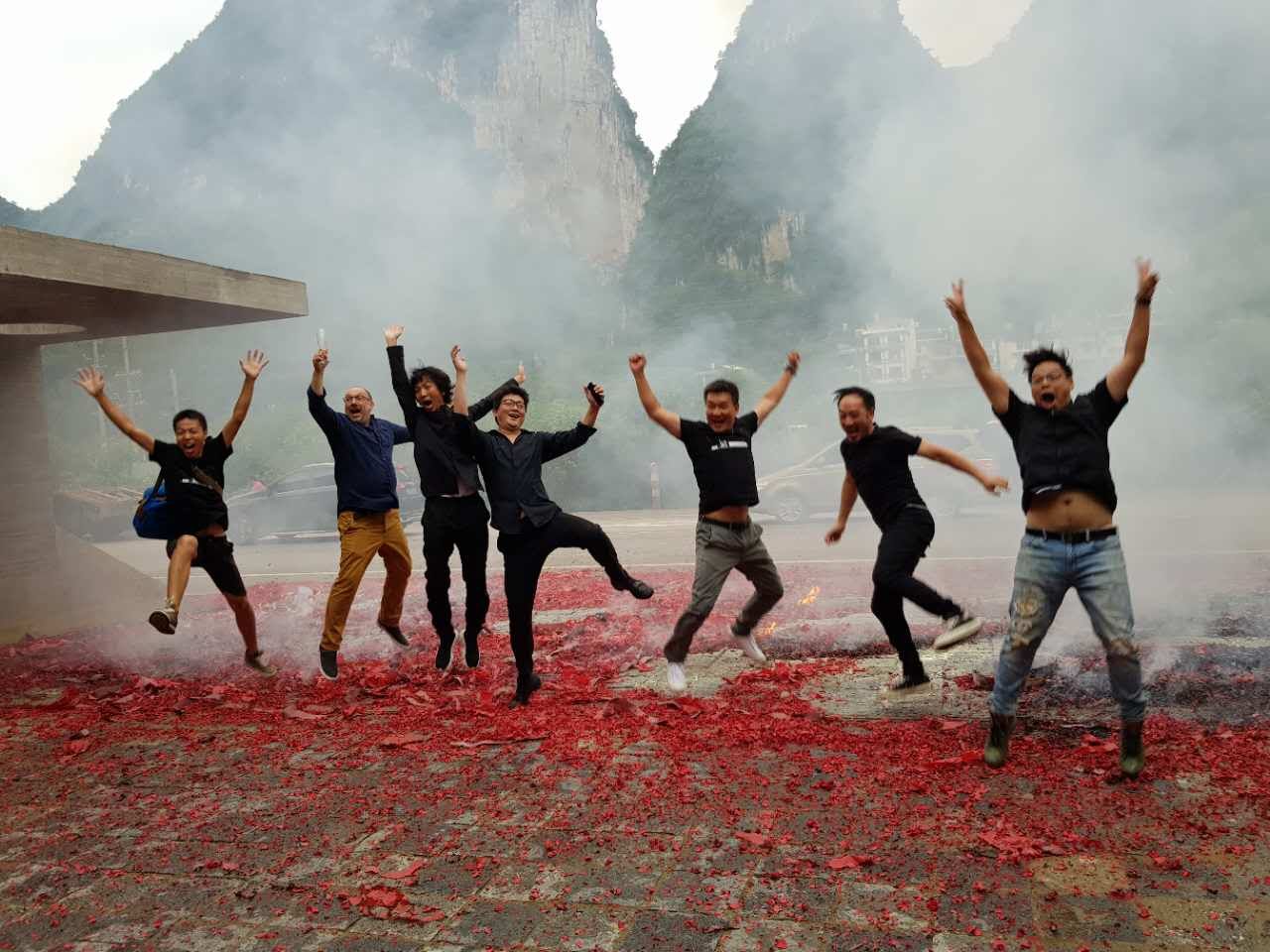
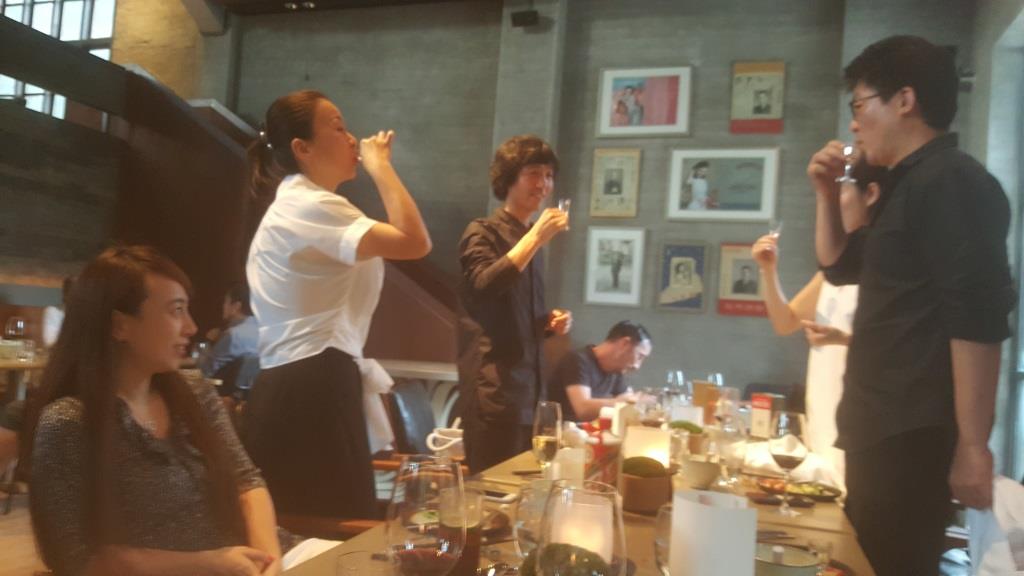

In the morning things had changed…rain had incisively continued overnight and river levels were reaching its highest ever levels. We were however scheduled to leave for the airport to go to Shanghai for our next meeting on Monday, but half way to the airport we got stuck due to flooded highways…the airport was unreachable! We managed to exit the highway on to a bridge where we were stuck for a few hours after deciding that our best option was to return to the hotel which we did.
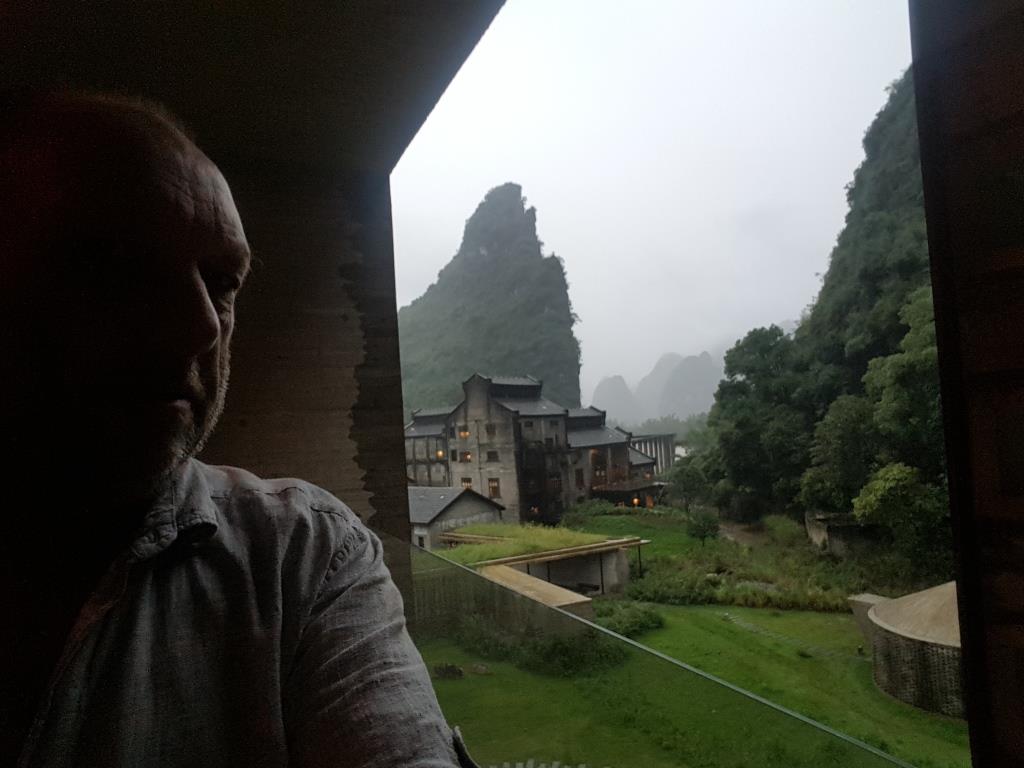
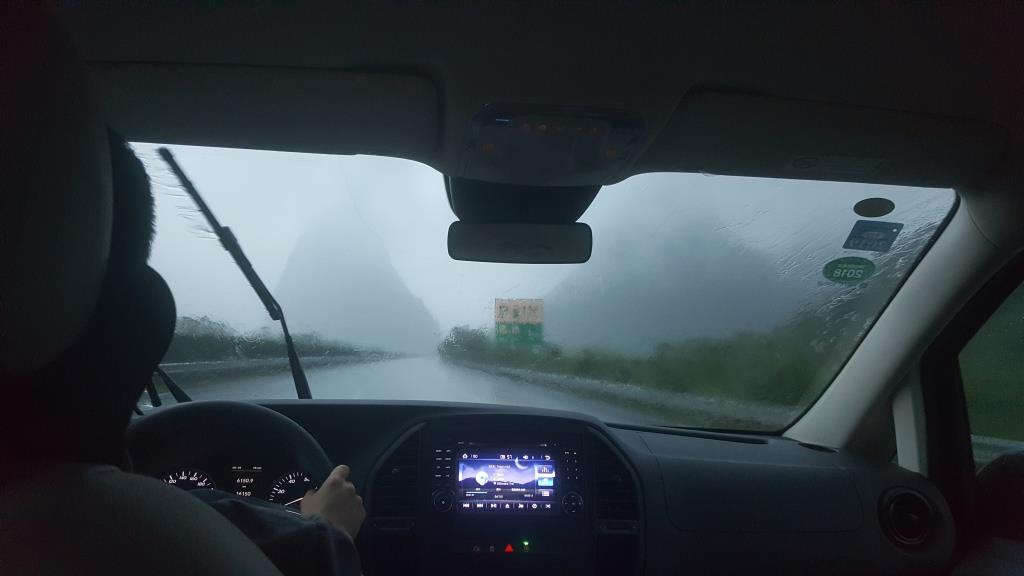
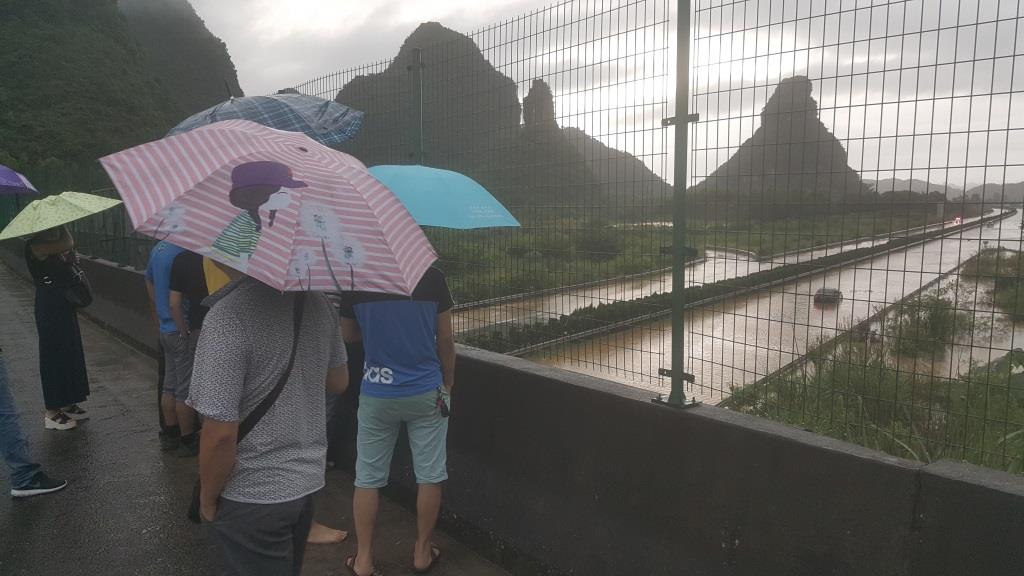
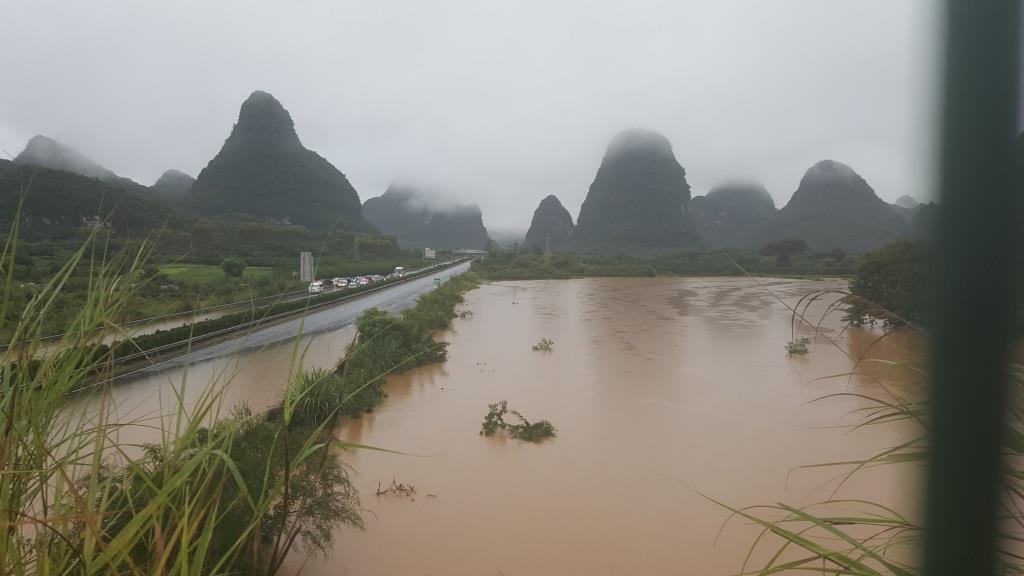
Once back in the hotel, the situation had dramatically changed and within a few hours the hotel was physically surrounded by the rising water, most surprisingly from the road side and putting up sand bag barriers had frantically begun to protect the hotel. A big truck managed to make a few runs bringing in sand driving through already knee-high water. Water levels were being monitored and after it reached the predetermined critical level the team had no choice as to start evacuation of all critical equipment from the basement. All furniture and equipment on ground floor level was also moved up to higher grounds…
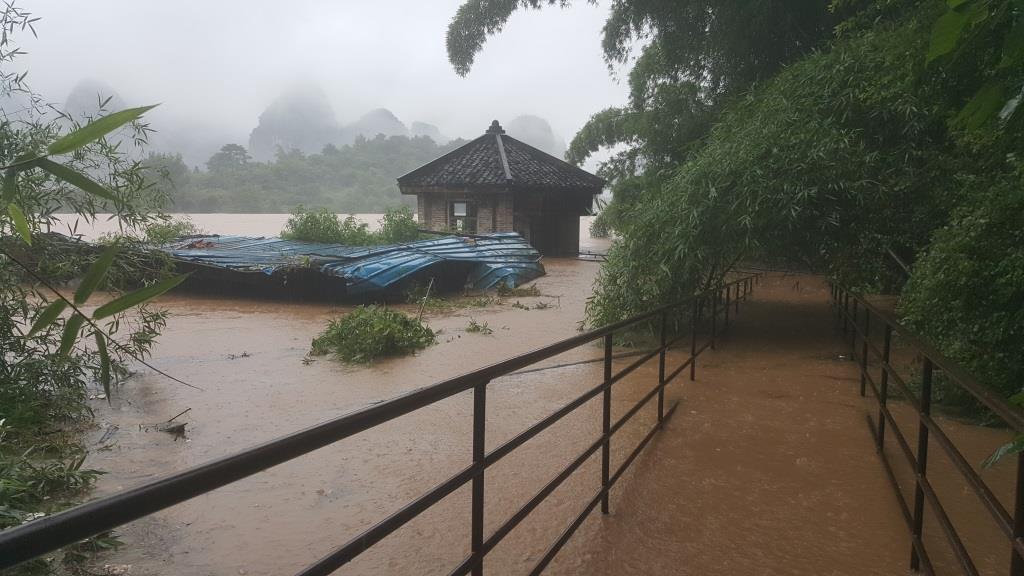

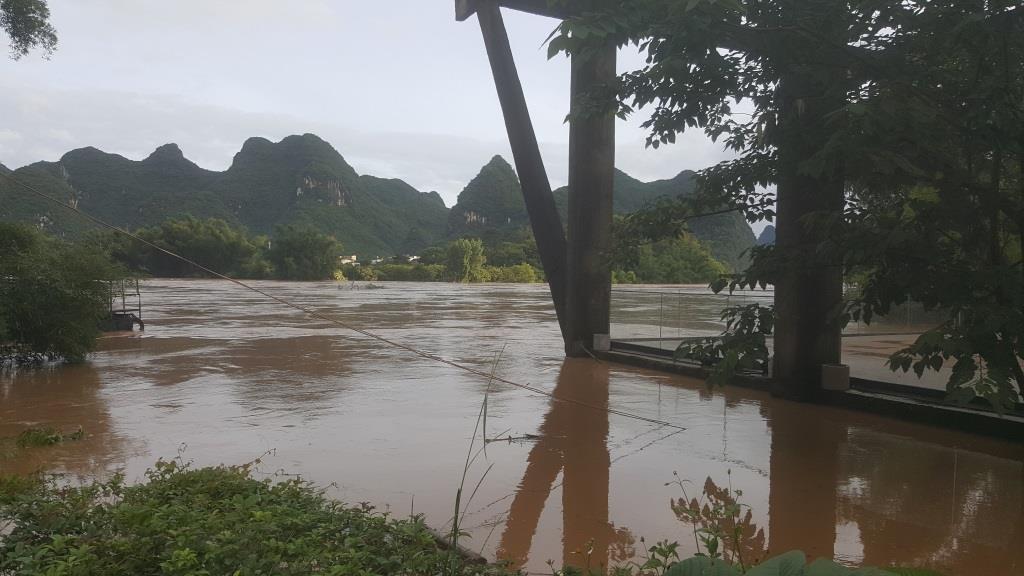
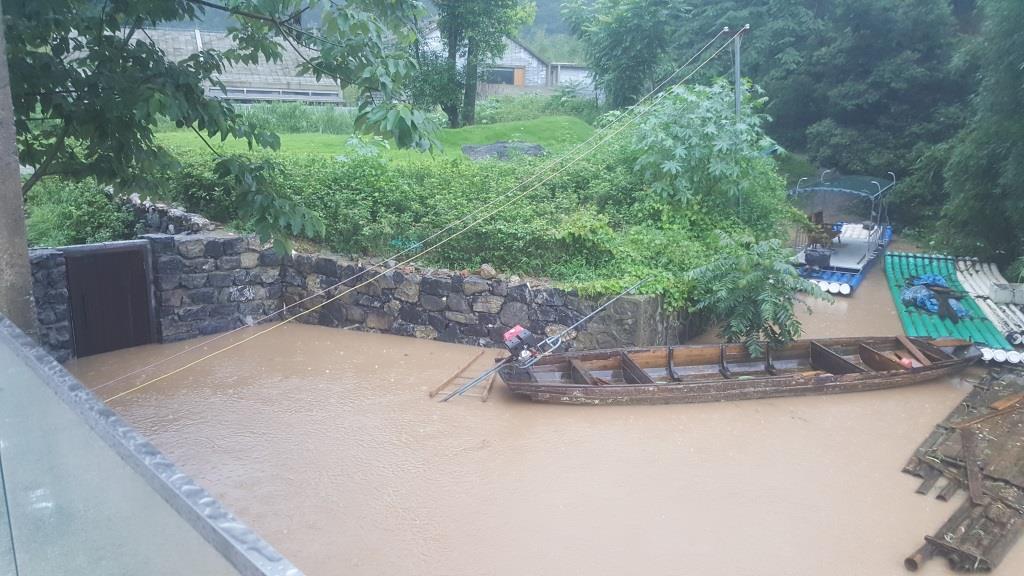
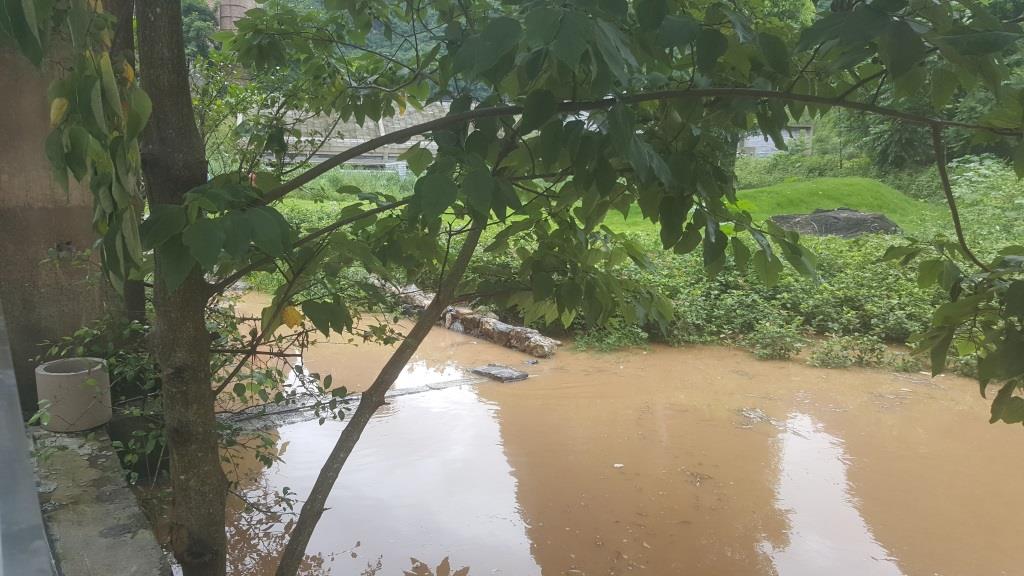
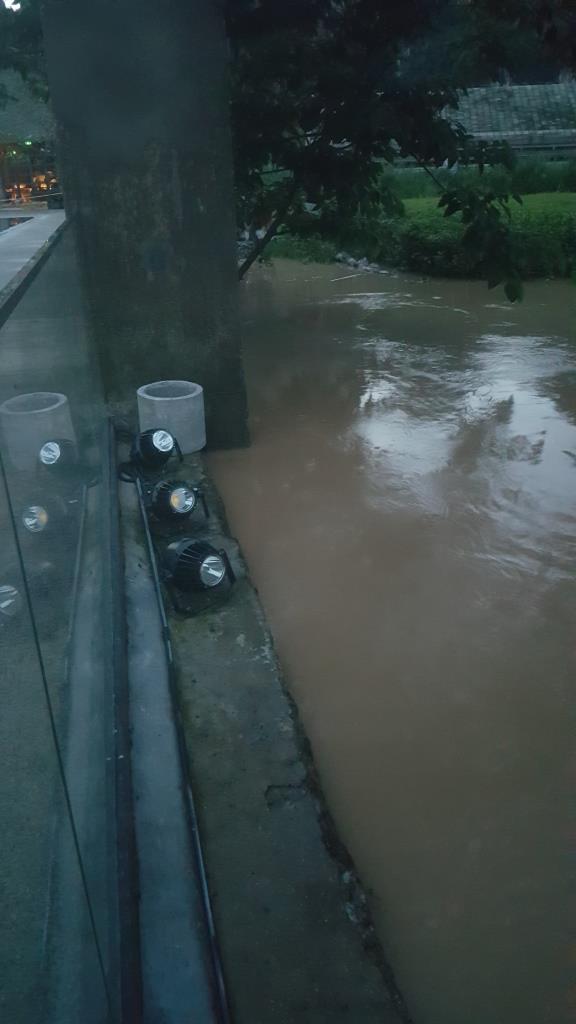
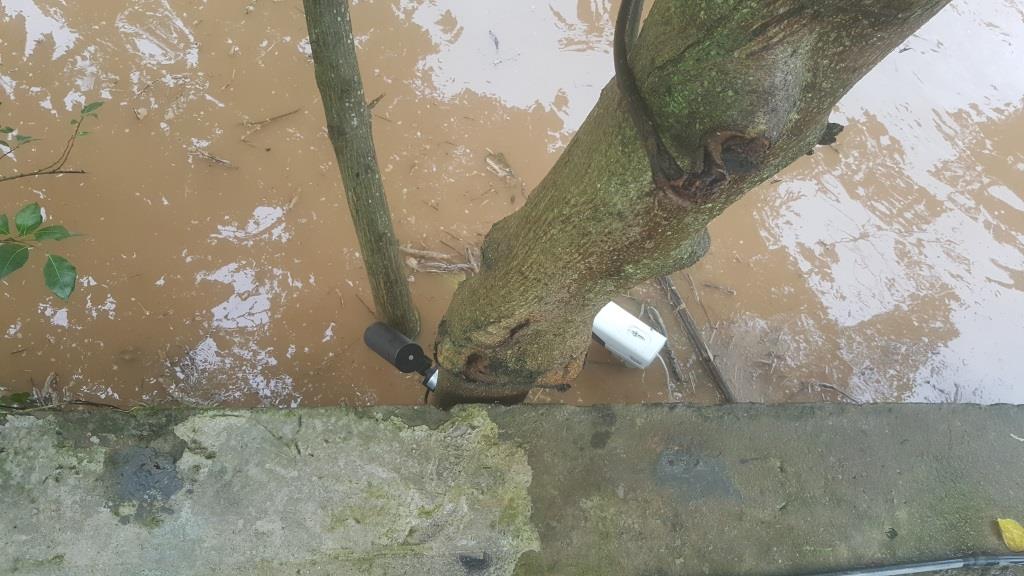

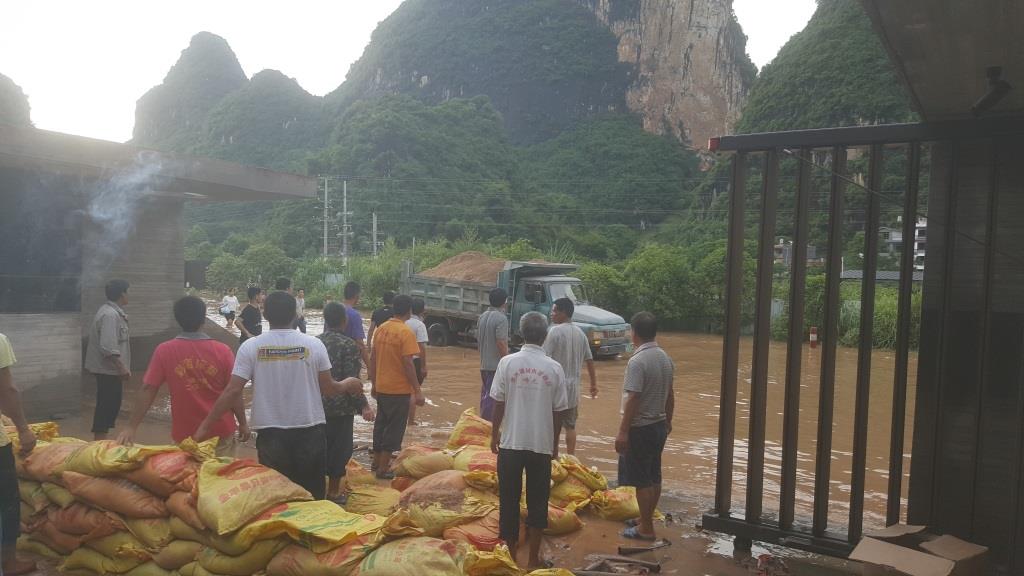
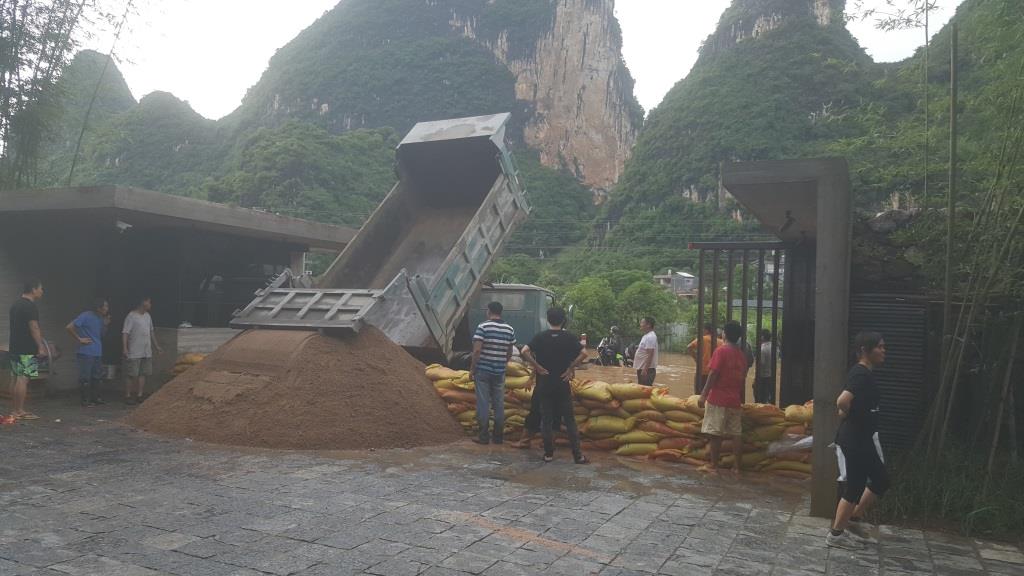
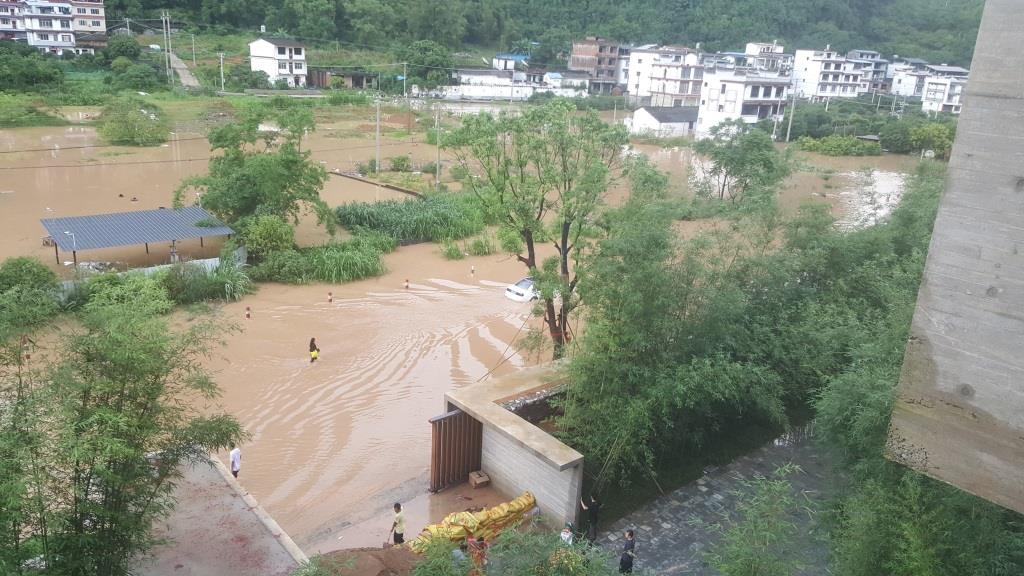
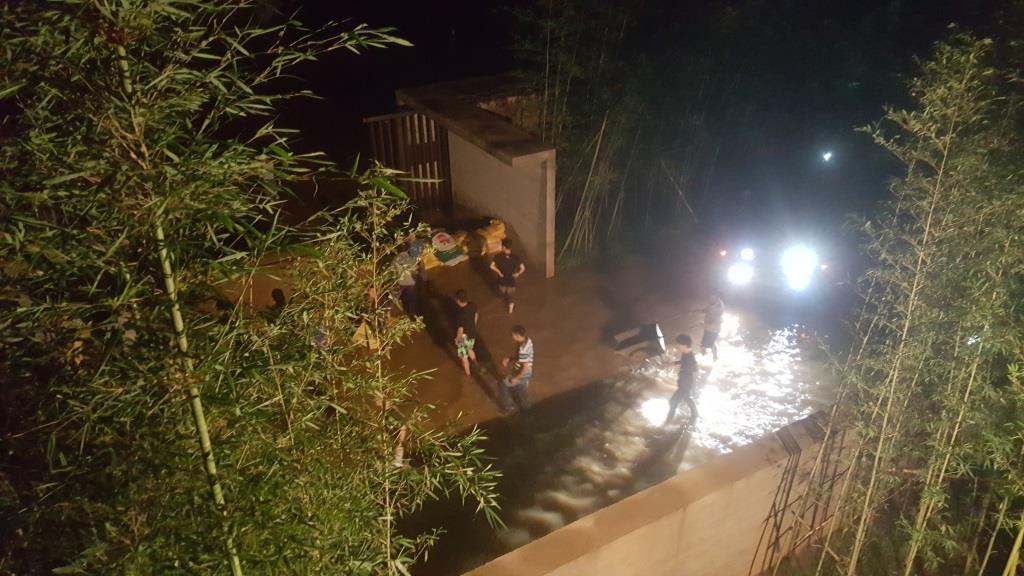
Some people had arrived from the nearby Banyan Tree and Club Med properties that had already been totally flooded seeking refuge at our hotel…besides helping here and there, there was not much that we could do other than watching the river slowly rise…everything still seemed manageable and we went for our dinner in the restaurant…half way the dinner however the team announced that levels were dictating that power should be shut off in precaution and with a 10 min notice candles were brought out…it was kind of eyrie…
Close to midnight when we were about to try get some sleep in our rooms, staff knocked on our doors in panic instructing us to evacuate the building as quickly as possible. The enormous water pressure both from the rising flood waters as well as from the rising ground water had created unhealthy structural pressure on the building which made the team to take no risk and evacuate the main building. I took my wallet and passport but had to leave everything else behind…we all assembled outside in what was now ankle deep water with water gushing into the basement and lower building floors…in total darkness with no lights other than torches and the sound of flooding water and people splashing their steps in the water it was quite a unique experience, but at no time was there a feeling of panic really, as it was not a “tsunami” just slowly rising water. The consultants team was moved to level 1 of one of the villa’s were we anxiously waited for things to unfold…news was that water had peaked at midnight and that no further rise was expected…needless to say that we hardly slept and kept wake all night…
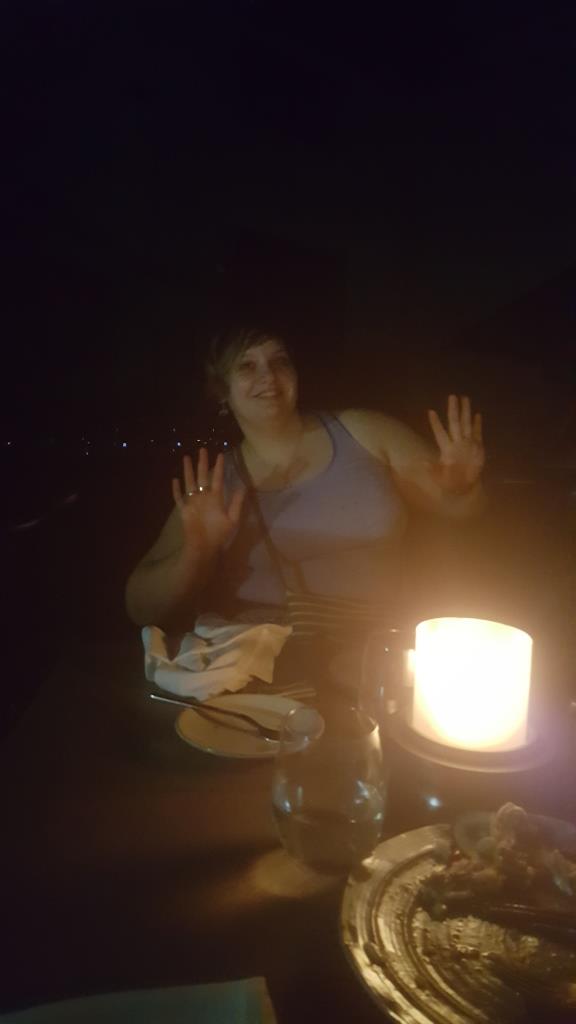

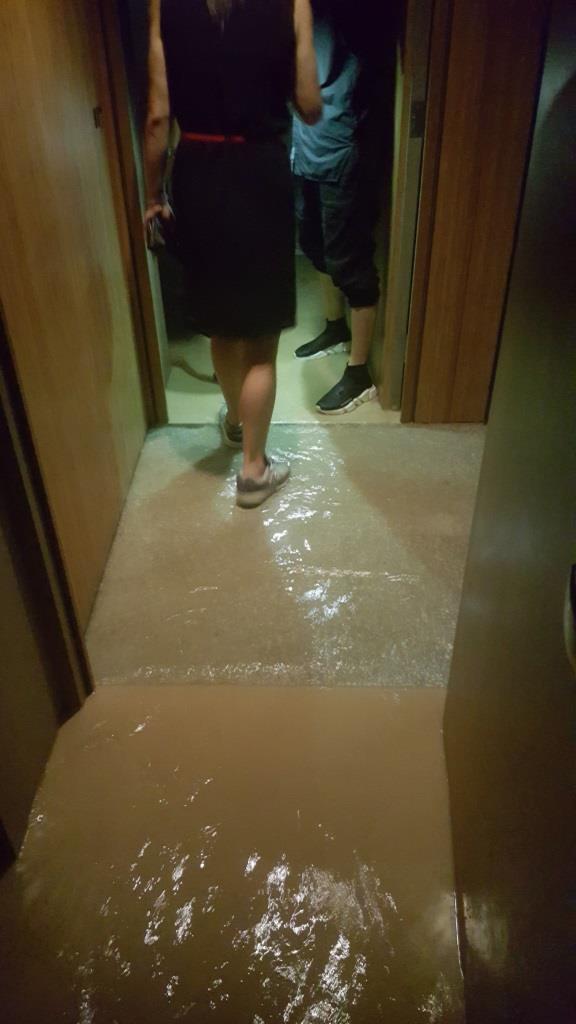

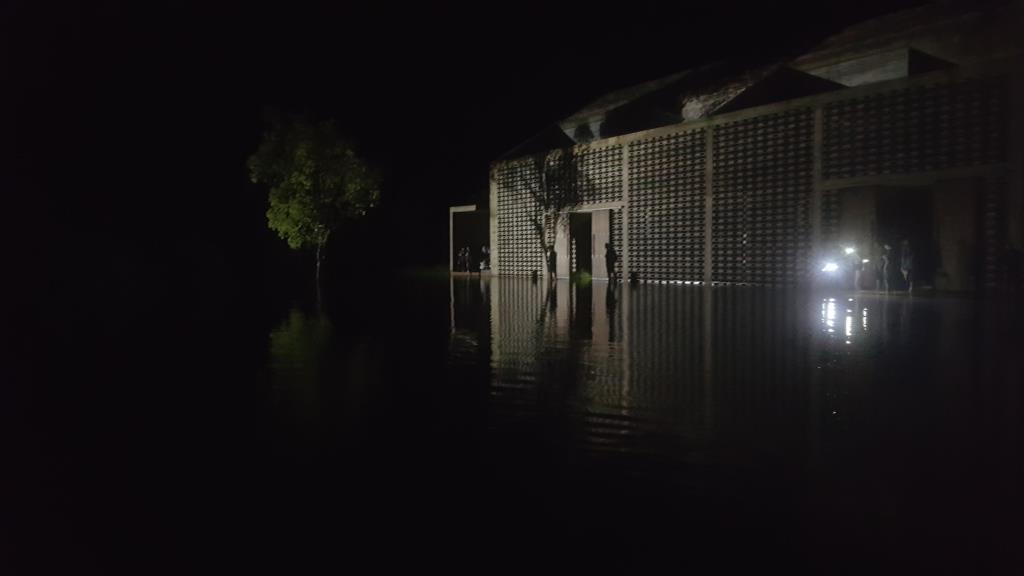
By daybreak we ventured outside to indeed see that the water levels were subsiding allowing to walk the hotel site now mostly dry…however the devastation caused by the flooding was heart wrenching. The reception building was flooded and the basement and carpark had water nearly up to the ceiling…so sad…as I write this blog I got word that the basement, the size of two football fields, was expected to be pumped empty by this weekend, allowing to assess the full damage impact from the flooding. Initial assessments predicting at least three months to clean and restore the hotel to re-opening state…
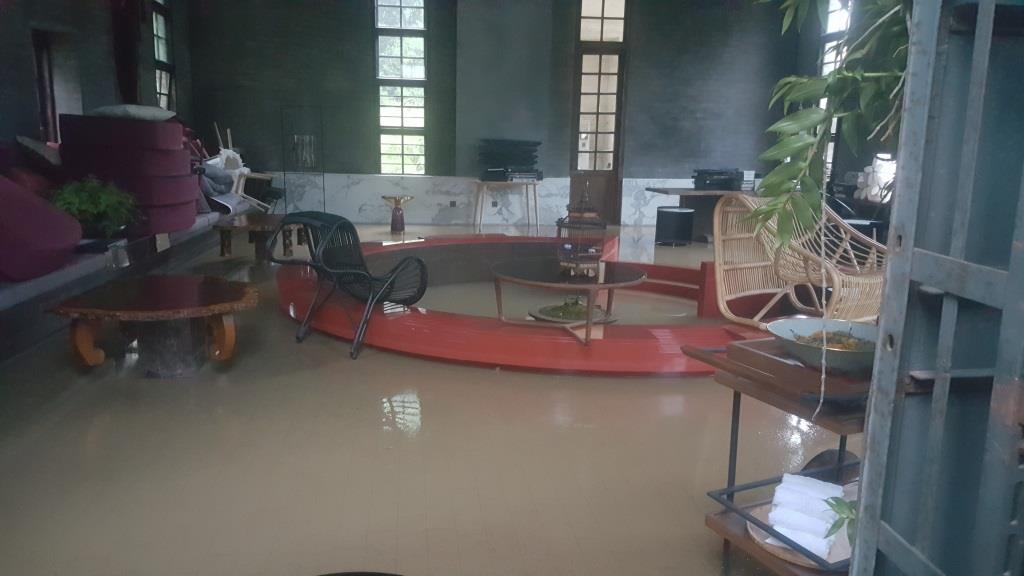

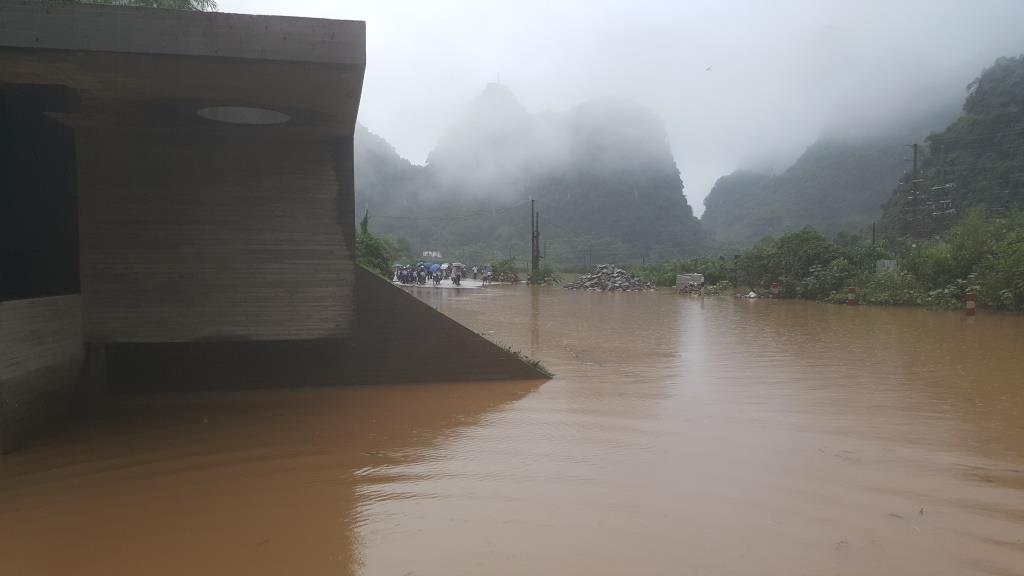

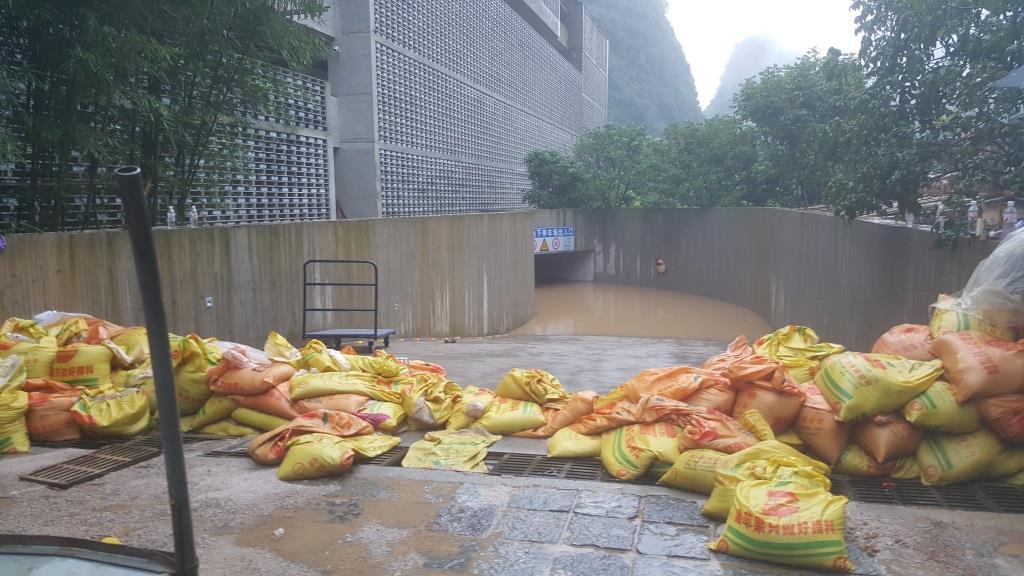
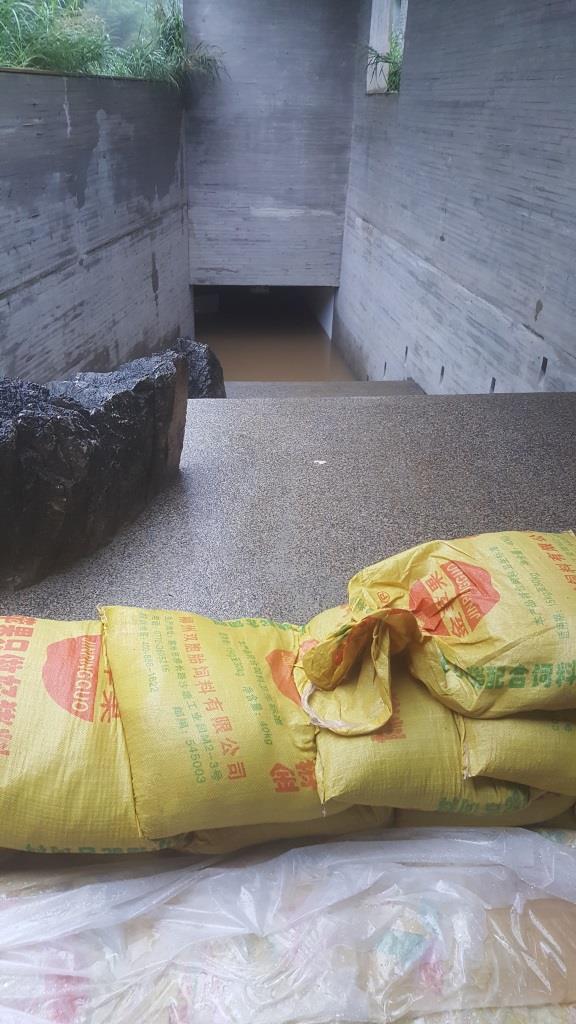
I have never dealt with something like this before but expect to be called back later this month to assess the damage done to the lighting installation and prepare a report for insurance purposes. As a sign of good luck the hotel insurance had kicked in on the day of the opening, the day before! Wow…
With the waters now subsiding we got word the highway had reopened and with some help and improvisation we manage to leave the hotel and make our way to the airport. The main thing for the hotel team was to get all guests out as with no water, electricity or food, guests were hampering the team’s ability to dedicate their attention to managing the hotel situation…I left with a heavy heart, my thoughts with everyone involved in the hotel, but with the knowledge that we would resurrect soon…
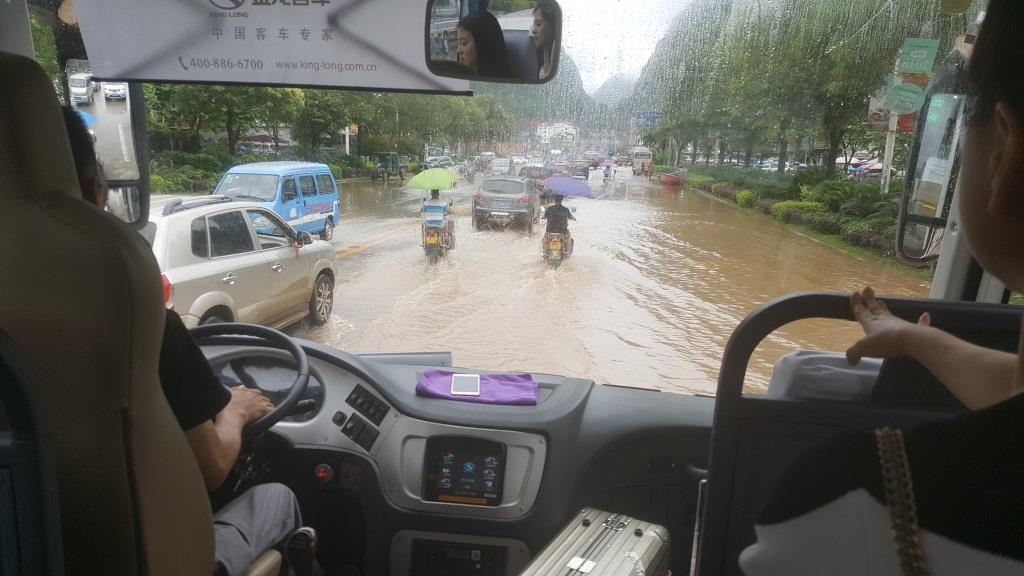
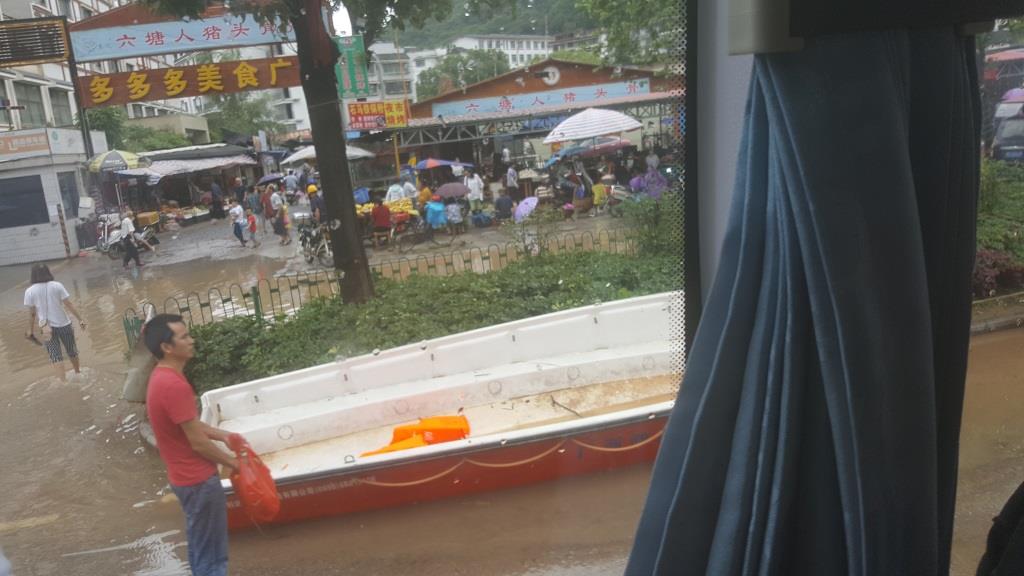

The week that was 26-30th June 2017
Yangshuo, weekend 1st– 2nd July 2017
This weekend I am in Yangshuo, China, for the grand opening of our prestigious Alila Yanghsuo hotel project, but more about that in next week’s blog. This week I take a break from our team blogs by dedicating the blog to a special project we just completed recently; the Atlas Bar at the Parkview Square in Singapore. Lighting designers a dreamers at the start of a project but necessarily become realists at the end of the road :). I always say that a lighting design is as good as its final end result and therefore it hinges on our capabilities to turn our lighting dreams into reality. But as we are not the only player in a project, our ability to communicate with our fellow consultants, the client, the contractor and the suppliers all play a key role in the final success of the project. In this project feature I would like to relive the road travelled.
Introduction: Atlas Bar – Parkview Square – Singapore
Interior designer: Hassell Studio Singapore
Client: Chyau Fwu Development Singapore
The bar is located at the ground floor of the landmark Park View Square building and is often referred to as the Gotham Building as it reminds people of the Batman movies. The original bar was known as the Divine Bar with its main feature the flying angel that would be hoisted up along the wine tower to get your special bottle of wine. The existing interiors were very ornamental and doing any sort of renovation was a challenge to any designer, specifically the ceilings and its feature pendants. The interior furniture and fit-out looked old with little life and specifically poor lighting making it look very “tired”.
Hassell studio’s was tasked with the interior renovation and one of their toughest task was to decide what to renovate and what not. With a view to costs it was decided to renovate everything below 2 meters and keep the feature ceilings as they were. For lighting this meant a two-fold task…first tying in our lighting design concept with the interior concept at ground level, but secondly looking at ways to revive the lighting in the ceiling without damaging its “feature-looks” of the ceiling. Lighting levels in the bar were poor and the feature ceiling lights were mostly out of use. This gave the old Divine bar this poor and dark mood. Reviving the overall mood and ambiance was one of our key task. It was at the same time a great opportunity to replace and upgrade the few still working lights to new LED technology.
To bring an element of intimacy to the high ceiling space we introduced a suspended structure hanging of the decorative 4 ceiling roses about half way down from the ceiling. The lighting function of this custom design structure was manifold. I am a big believer to bring the light as close as possible to where I want to have it so using the suspended structure to bring (read add) light to the high volume space without having to use highly powerful (potentially glaring) spot lights was at the heart of our concept. With this lighting concept we also opened the door to other lighting opportunities in line with the clients design brief; making the space multi-usable. For that we equipped the suspended structure with a 3 circuit dimmable track capable of creating several layers of light, the main one being the remote controllable spots allowing the client to change the light settings depending on the function. The other two layers were the focussed display lights and general ambient light “boosters”.
The beautiful decorative and ornamental ceilings (which had sort of disappeared due to the lack of lighting) were re-energised by new LED cove lighting, bringing them back to life. The ornamental balustrades were give prominence by a new linear wash light. The existing feature pendants which looked tired with their poor quality (fluorescent) light, got a make-over with new warm LED lighting. On ground level the decorative floor and table lamps were carefully equipped and positioned to provide that extra visual focus and mood.
The original wine tower, undisputedly the key architectural feature in the bar was maintained but with a clever lighting make over. The original design saw bottles poorly silhouetted against an illuminated opaque background. In the new lighting design the bottles are each lit with dedicated LED uplights from underneath a glass shelf creating a very dramatic effect. Initial ideas to introduce colour and using the tower for an hourly lightshow got some initial interest but was later canned due to escalating costs of the project overall. The wine tower is now called the Gin tower as it houses hundreds of different gin types.
After completing and commissioning the projects a few months ago to great satisfaction of client and project team we went back this week to sample the mood and ambience. The place was humming with people, with several groups queuing to get a table! Most of all and without exception people were in awe about this new bar…snapping away pictures along the night. We watched back with great satisfaction. Here are some pictures of the night!
Enjoy the weekend
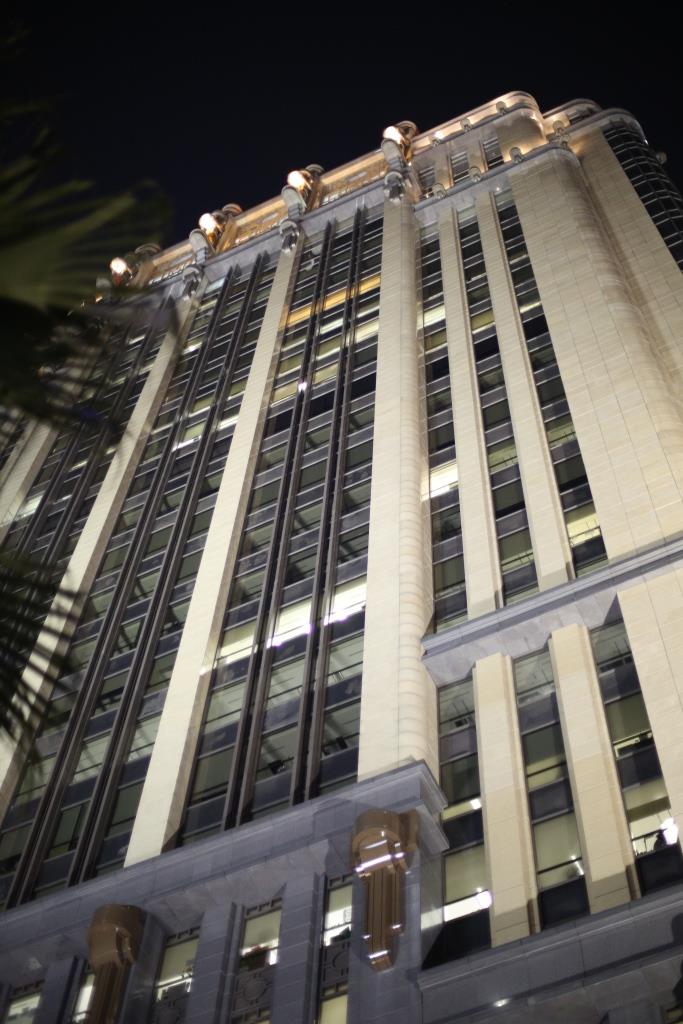
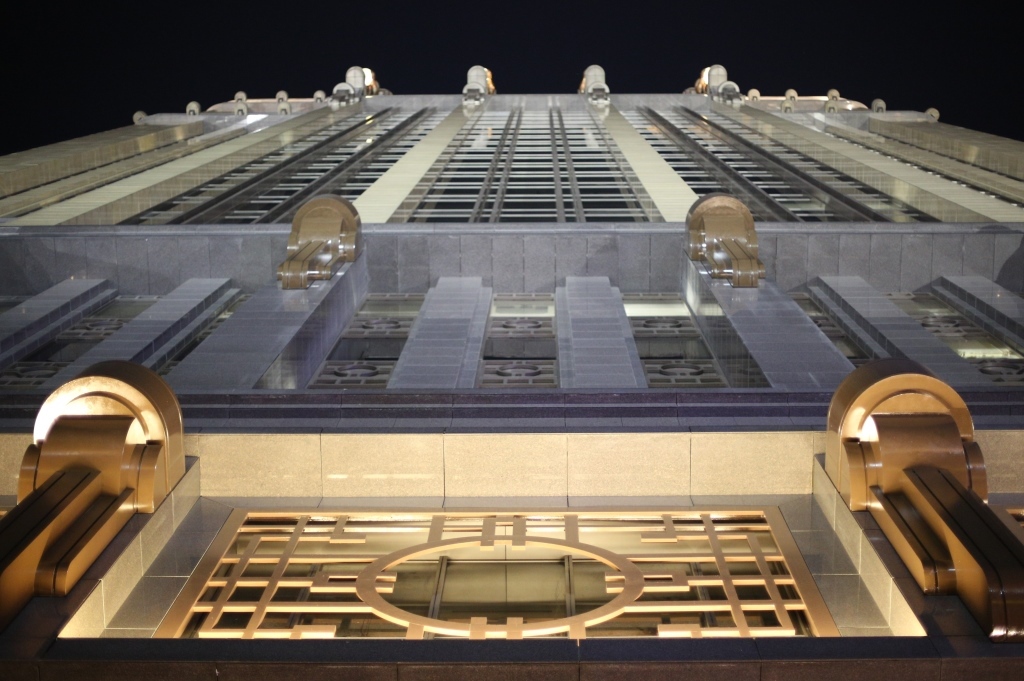
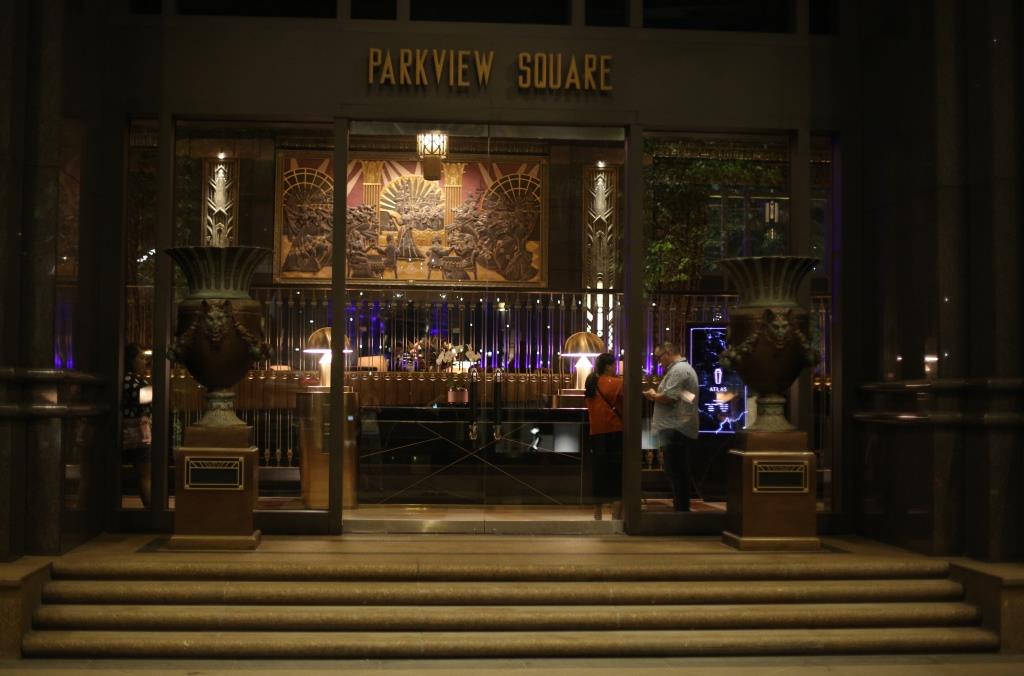
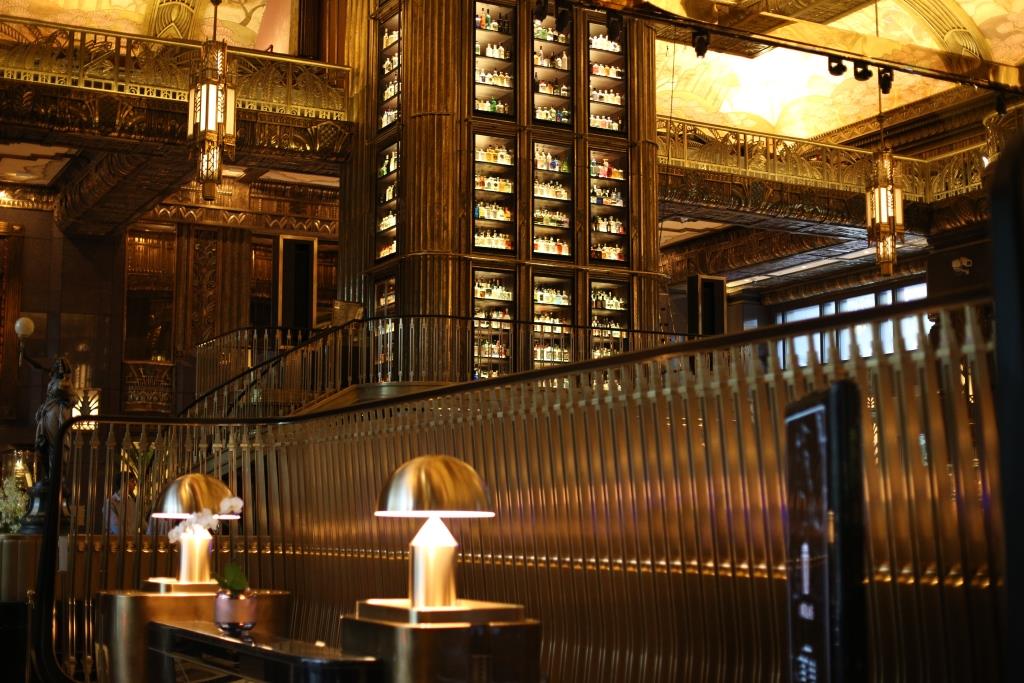
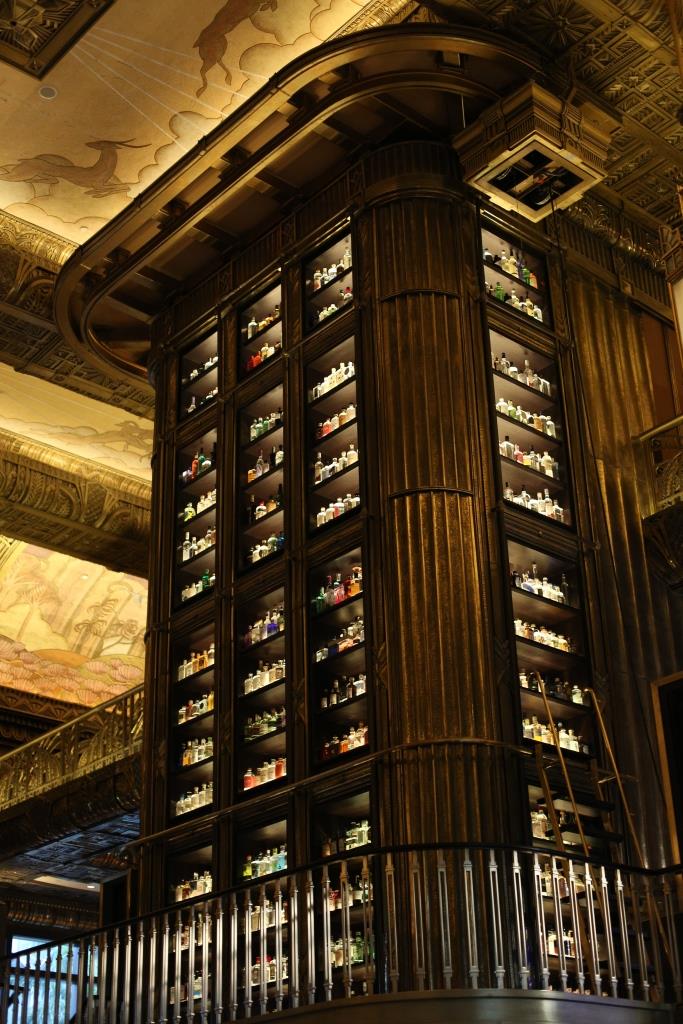
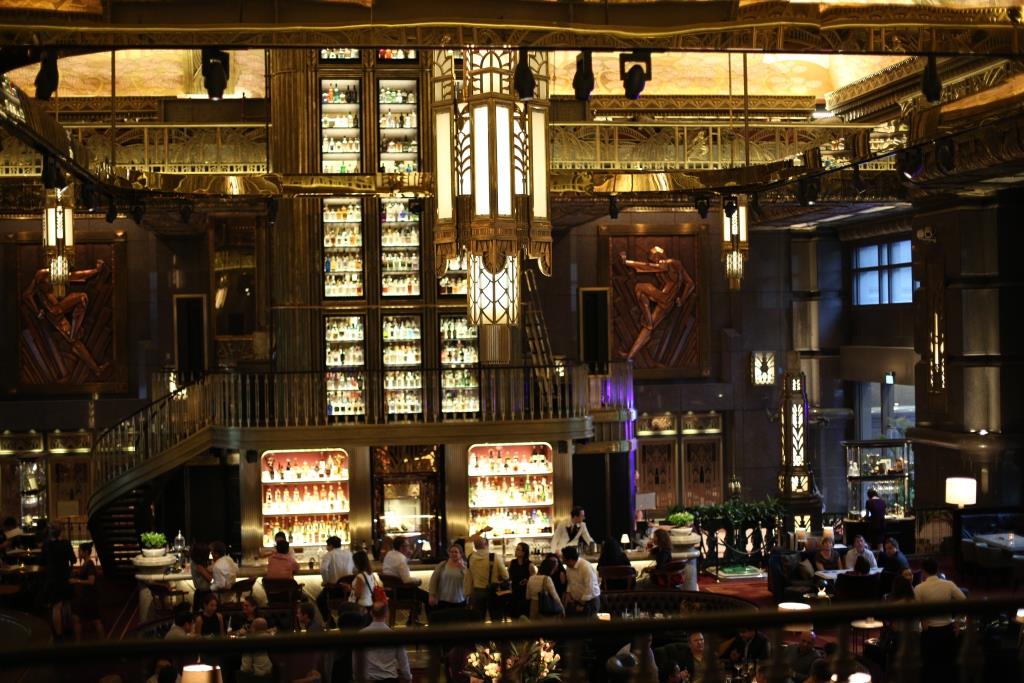

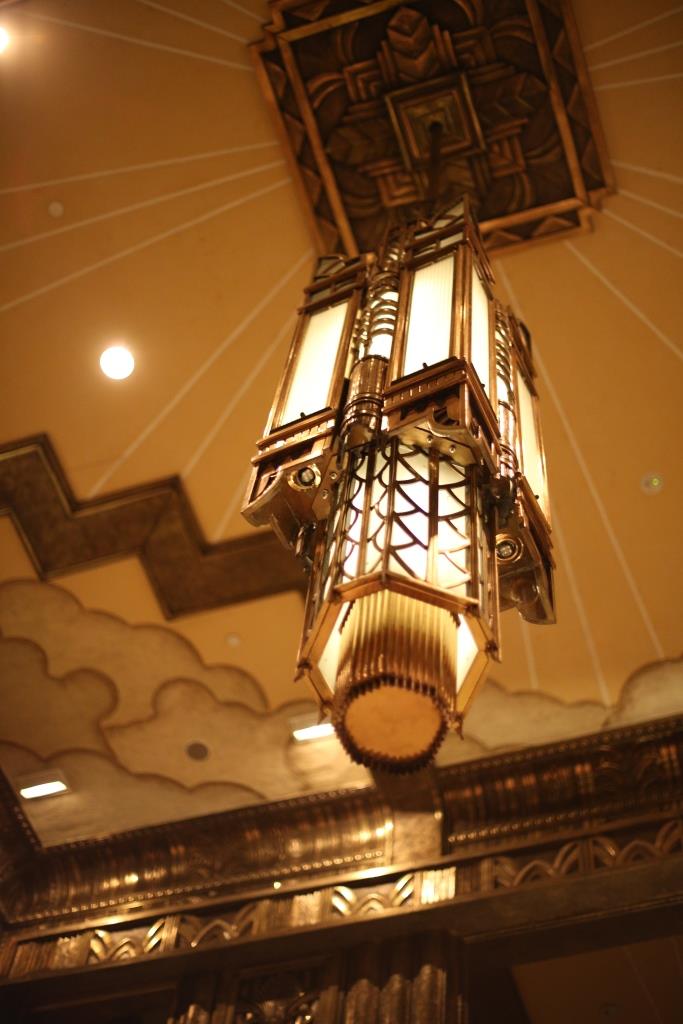
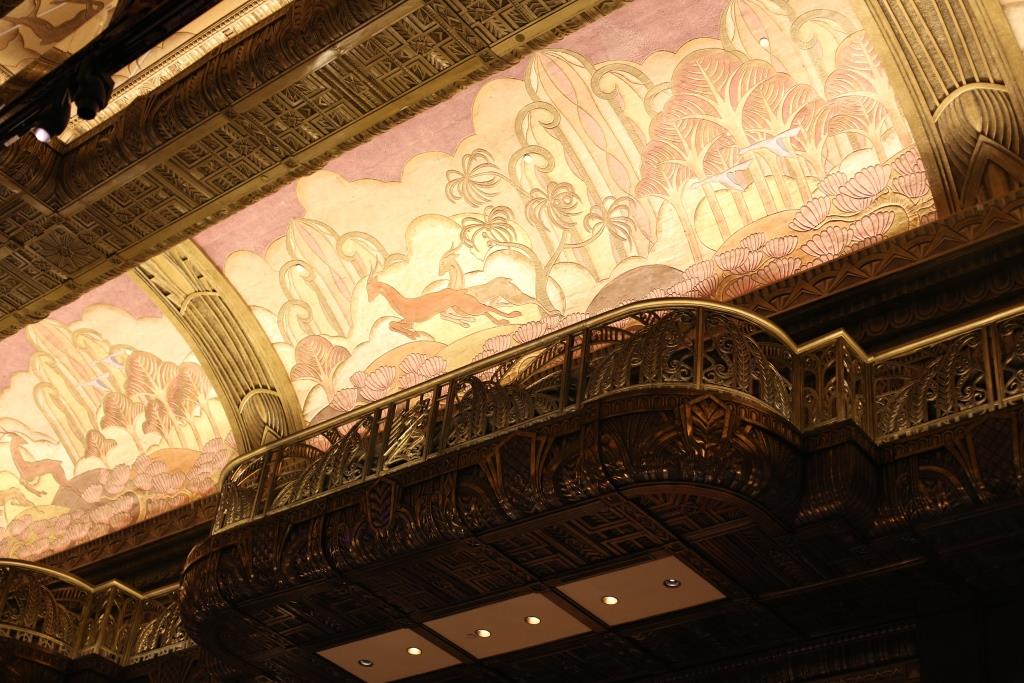
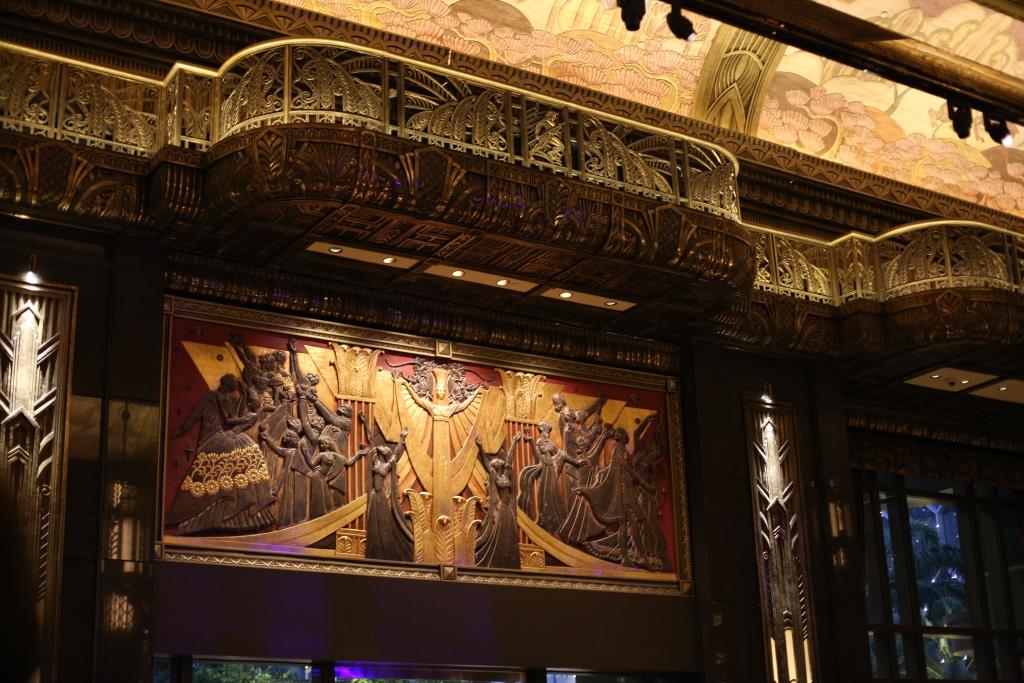
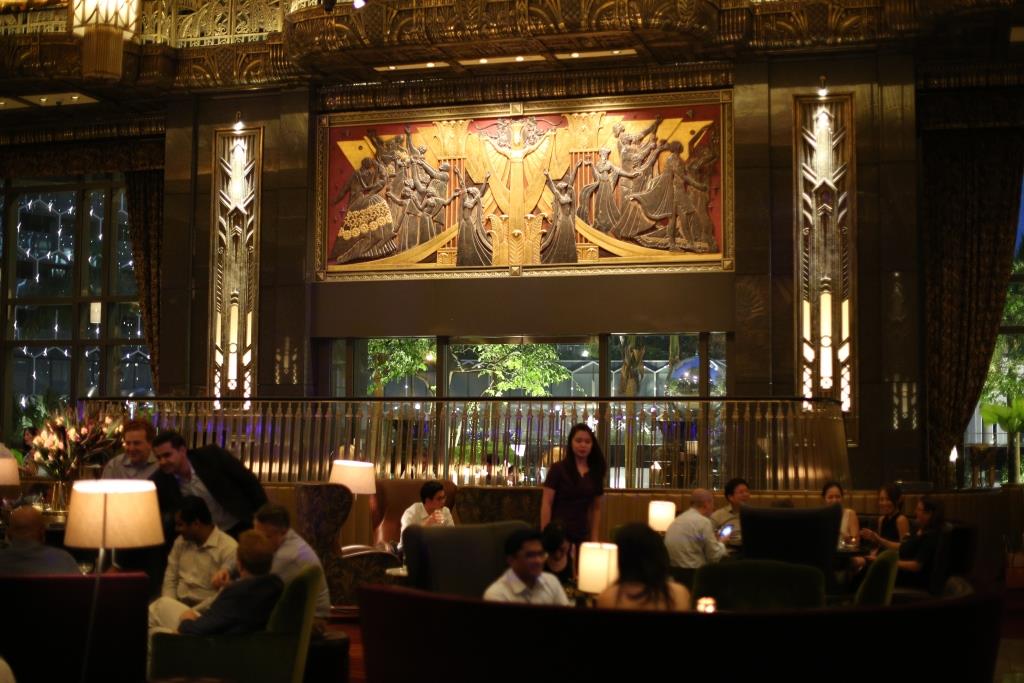
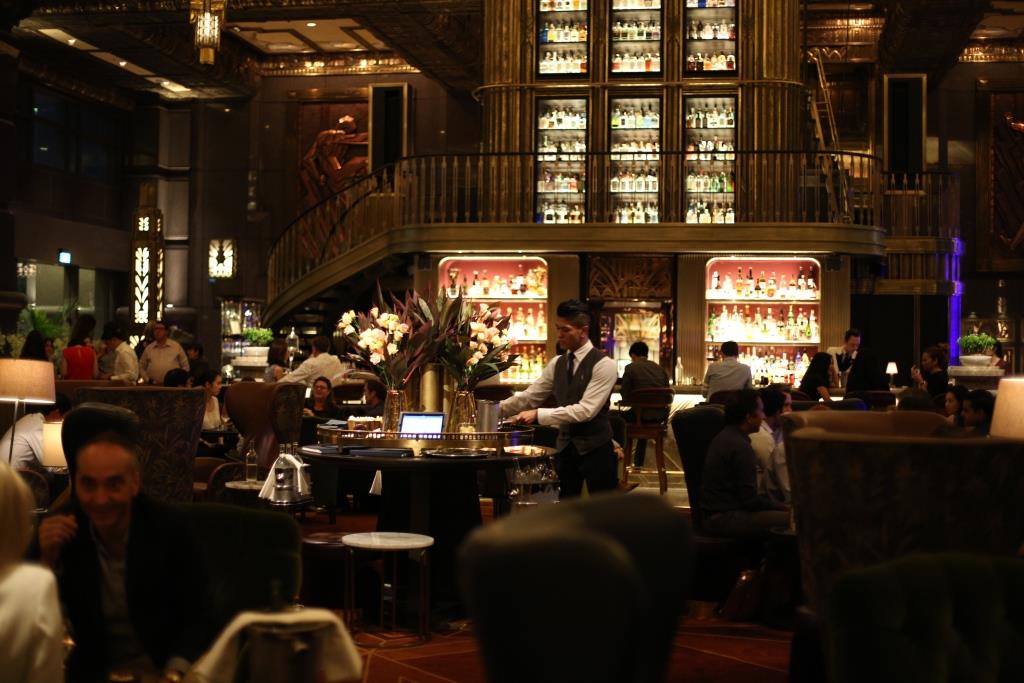
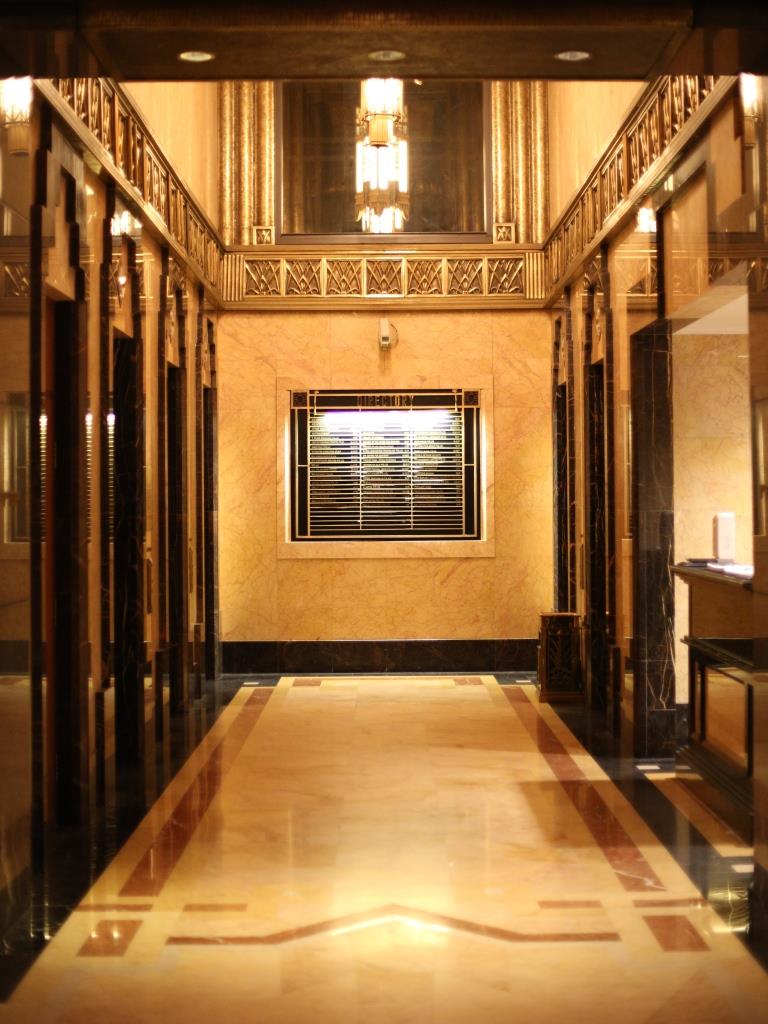
The week that was…19-23rd June 2017
Perth, weekend 24-25th June 2017
Back in Perth, back from the warm and humid tropics into the wintery Australian season…Perth in the winter is a mixed bag of cold and rainy days with sunny beautiful days. I have had plenty of both over the past week…besides catching up on projects I also used my time here to renew my China visa and while doing so was confronted with the new world reality of terrorism…Normally a routine submission, this time they scrutinised my passport page by page and came across some Turkey visa stamps. Pointing to the stamps I was made clear that Turkey is now on their high security risk list of countries and that the application of my visa would now have to go through some extra security checks not allowing my normal 3 days turnaround…arguing that my visa had been renewed in the past without any issues with Turkey stamps in it turned out to be useless as they keep saying: sorry new rules! They will now call me when ready… 🙁
This week’s blogger is one of the rocks of our team! Nils is one these fantastically talented people who can turn ordinary renderings into magic! Over the years Nils has sharpened his skills and to me he is now the undisputed champion of rendering magic. I can’t express how much his renderings have contributed to ecstatic clients and project team members when we reveal them in our presentations. Even though Nils has pursued other endeavors in between, he has always remained faithful to supporting our team, something we value enormously…thanks Nils, you are amazing! To many more years!
Introduction: Nilskee
Hi everyone, my name is Nilskee, one of the team members of the KLD Shanghai office. I was introduced by Kevin to join KLD in 2006, which suited me as it was nearer to my house. Martin was my first foreigner boss and as we didn’t communicate that easily in the early days, he decided to hire an English teacher to help us improve. Through the many interactions we have had over the years I learned to appreciate him as a very kind person caring much after all of us. I started as a lighting design assistant; basically working on images, renderings and animations. My work at KLD provided me with a great in-depth understanding of lighting design. After Martin left China, I went on to other lighting design companies to further understand and study the design philosophy in each company.
I think of a lighting designer more as a makeup artist, just that the service is applied to buildings and spaces. But no matter the building or the space, the ultimate target are the people, the public in the building or space, just like we have to show the final makeup of a face to the public. At present, I occasionally try to create my own lighting designs, however, we all have our own professional skills set and after all I started as a rendering specialist, so I am planning to set up my own rendering studio specially dedicated to lighting design. The success would be solely the result of my long working experience in KLD.
My working experience in lighting design companies makes me understand that lighting designers would need to spend a big amount of time in creating renderings during concept stage. A picture with lighting rendering is the most effective way to visualise the lighting concept, be it to the client, interior designer, architect or landscape designer. In the field of lighting design, rendering skills are a very important skill but also can be very time consuming. It is however not an essential skill that the lighting designers need to master, so my ambition is to set up my own studio to help the lighting designers reduce their time spent in creating renderings so that they can focus more on other more important parts of their work.
Nils








The week that was 12-16th June 2017
Singapore, weekend 17-18th June 2017
After a long but very satisfying week and weekend first in Yangshuo and later Guangzhou, I was back in Singapore this week, catching up with my team and our projects on hand. While I am still very much involved in all our projects I do try to stand back a bit with the aim to help my team develop as stronger individuals without me always taking the lead. The company is as strong as its weakest link and I have all interest in supporting the personal growth of each and every member of my team. We are currently engaged in a professional training program that involves the whole KLD team in Singapore to do just that and this week the team reported back to me with some ideas, initiatives and actions they will be working on…great to see the team so involved and committed. We will expand this training to include our other offices in time as well.
This week we have our second China team member blogging for us: Andy Yi. Andy is one of those guys who keeps his head down but puts in a tremendous amount and energy and good will to make things happen. Like Zhaolin, his support in China is crucial and Andy is therefore a crucial member of our team. While we use to communicate via “sign language” in the earlier days, I can now have an actual English language conversation with him. 🙂
Well done Andy, I know it’s not easy for you.
Before I leave the floor to Andy I would like to let everyone know that our blog is now listed (at nr.52) as one of the top 100 best lighting blogs in the world on the feedspot website (Top 100 Lighting Blogs). While I don’t know the value of that listing, it seems a nice recognition for all the efforts put into the blog! Thanks!
Introduction: Andy Yi
Hi, I’m Andy from KLD Shanghai office. I joined Martin’s team about seven years ago. In the beginning I was rather ignorant to lighting design but slowly followed Martin into this field, a mock up room, a villa, a hotel public area, a building facade, the entire landscape, the production concept, meeting reports…Although my English is not fluent making my communication with Martin a bit difficult at times, he can always understand my broken language, give me guidance and help me improve. I left the team some time in between, but after going around I finally came back here, because in here I find warmth, like Martin’s character.
Feelings
Lighting for a whole architectural building may seem only a small part, but also the most important part: without lights, the building in the dark night will be characterless. One of the most basic functions of light and good lighting design is that it can give visual guidance, provide defining contrast and atmosphere in a space, create an ambience and even enhance the performance of the building.
The final effect of the project may be quite different from the original design concept because of various factors, but I always hope that my design can be achieved as close as possible, so I will try to understand the ideas and the needs of the owners and then during the concept design stage we will attempt and compare and assess the different effects. In the design development stage we will consider the details and difficulty that it may create during the implementation stage. When it comes to the fixtures selection stage, I will need to take note of Client’s budget by balancing both cost and quality. Finally during construction stage we constantly supervise the construction site to check on the progress, help to resolve any technical issues, to ensure that the design can be truly implemented.
Every design created sitting at my desk, every travel to a project site or meeting, gives me a greater sense of achievement and my value. I love lighting design and hope to be able to keep doing better lighting design for more projects!
Andy
Below some of Andy’s project images. I left Andy’s original Chinese captions as the images pretty much speak for them selves 🙂
洗墙灯测试
在高架上审阅灯光效果
洗墙灯测试,HIT 70W,6度光束角,一套灯具就能将整个立面柔和匀致的洗亮
The week that was…5 – 9th June 2017
Guangzhou, weekend 10-11th June 2017
As I prepare this week’s blog I am in Guangzhou attending the Guangzhou International Lighting Exhibition (GILE), under management of Messe Frankfurt. I am a guest speaker at the Think Light event and am also here to join today’s Chinese Lighting Designers Association’s Annual General Meeting which is being held in conjunction with the GILE. On behalf of CLDA’s International Advisory Council (IAC) of which I am an executive member, I will present an overview of our past and ongoing activities to promote better awareness of good quality lighting design in China specifically and the Asia Pacific region in general. Tomorrow, besides my presentation at Think Light, we will also meet with the Messe Frankfort management team to discuss our participation in the Shanghai International Lighting Fair in September (already confirmed) and next year’s presence at the Frankfurt Light & Build event, so plenty of actions going on there!
This week, fittingly, we move to our China team and the first up is Zhaolin, my longest serving, loyal team member. I am very grateful to her for sticking by me for all these years and also very proud of her continuous strive to improve and get better. Her efforts to master English to better communicate and interact with the team and international client and design members have been an important aspect of her growth. Thanks Zaolin.
Intro: Me and Martin
Hi, all! I’m Zhaolin, from KLD Shanghai office. When I got the message that I need to write an article for Martin’s blog, his face appeared in my mind. It’s been 13 years since I entered his company in China end of 2004. During these years, I have been growing from a draftsman to a lighting designer and a project manager. My first lighting idea, my first meeting with clients, my first site visit, my first lighting programming…… every step has his guidance and company. For me, he’s more a great teacher, not only teaching me lighting knowledge, but also some truth of life, like how to work with professional attitude, how to treat everyone equally and gently including his employees, how to help and support young people…… May I take this opportunity to say “Thank you, Martin!”?
Me and Lighting
The first time I heard about Lighting Design was at my interior design graduation job fair. After my two girl friends and I had learned what a lighting designer needed to do, we decided: we’ll not be lighting designers! But several years later we all became lighting designers!
The first project I joined in was Yuanyi Hilton hotel in Hefei province, east of China. Lighting in the main lobby is quite dark. But several years later, when I visited it with another interior designer, he told me that he liked the lighting there: yes, it was dark, but it made sense但很有感觉. My favourite project is the Kempinski Resort Hotel in Sanya which included interior lighting, facade lighting and landscape lighting. I started to be involved in design work. It was a hard but exciting time. Looking at it when I went to do the final programming with Martin, the feeling was like having my own baby.
As time went on, I designed Double Tree Hotels, Crown Plaza Hotels, Alila Hotels, and currently we are working on two other Hilton Hotels, one in Shanghai and one in Sanya. Some projects went well, some were difficult, no matter what was going on, I enjoyed the process, and I knew that I would do better next time. Lighting is a very small part in a whole project, but in order to finish our work better, we still need a lot of knowledge and abilities: lamps, fittings, materials, dimming systems, control systems, the ability to communicate with clients, the ability to balance budget and quality, the ability to realize design effect, etc. and with the progress of science and technology, we must continue to study. It will be a long way, but I do enjoy the way.
Zhaolin, Lighting Designer
The week that was 29-2nd june 2017
Singapore, weekend 3-4th June 2017
Travelling time zones is always a challenge, specifically combatting jetlag after a month away can be daunting. I guess I have learned to adapt myself quickly over the years as my transition to Singapore time has been relatively smooth, even after one month in a different (- 6 hours) time zone. Settling in as quickly as possible to the new time has always worked best for me. Back at work since Monday, I already feel like I have hardly been away…funnily when I arrived in France a month ago, just after a few days I already felt like I had been there for ages…My friend Warren Julian recently posted a comment on his Facebook page with the question why airlines always want you to close the window blinds practically as soon as you have taken off, specifically on long haul flights. Light is a good medicine to keep you bright and active, certainly during day flights! The real reason he postured is that the blinds are not closed for your rest but for the rest of the crew! Obviously a sleeping passenger is less demanding than an active one! I left Europe on a midday flight and until deep in the flight I was practically the only one with my window blinds still open! Food for thought…
This week we have Rara, the last team member from our (young but dynamic) Jakarta team to blog for us. It has been a pleasure to read about our Jakarta team, their road to lighting design and their experiences as lighting designer.
Introduction: Siti Bararah Nurhaqiyati, Lighting designer
Hi all! My name is Rara and I’m part of KLD Jakarta as a designer, the most senior designer after Galih actually. First of all, I would like to thank Martin for the opportunity to write on his blog. Although at first, I thought it would be very challenging since I don’t have that much experience to write about lighting, but rest assured it looks like we can write anything we want J. So first let me recall my journey with KLD briefly.
I was recruited in early 2015 (I didn’t apply though) as I was, back then, an internship student in KLD. That time, I had just graduated from the same university and with the same majors as Wulan and Adika (you can read it in the previous posts). Now I’ve been working for two years and gained so many experiences, both in project lighting design as well as in lighting industry knowledge. Lately, I’ve been wondering about how lighting design has developed in Indonesia and how it relates to the global perspective. To gain some insights about this topic, I talked to some lighting designers who have experienced both lighting design in Indonesia and developed countries. So here are some conclusion I drawn from the discussions and my experience.
The Nature
Architects, interior designers and landscape designers are the few professions in the built environment that the majority of Indonesians are familiar with. But when it comes to lighting designers it’s a different story. Here lighting is considered as a simple task which usually is assigned to the electrician and has nothing to do with an advanced design process. I even heard people describing our profession as those who replace the light bulb when it is broken… lol :). It has not yet come to their awareness that those attractive shopping mall facades at night, these very comfortable hotel rooms or that awesomely lit connecting bridge, have a lengthy meticulous design process behind it with many considerations on not only how it looks but also how people experience and benefit from it.
On the other hand, in business development, lighting is widely known and used as part of their project. However, the challenge is still there but it takes a different shape. In nearly all projects, lighting design has to compete with the budget (never seems enough!) so the completed design may not be as good as what we intended. In some cases, lighting is only considered last, after the completion of architecture, interior, and other design fields, meaning that only the balance of the budget remains. There also seems to be an ethnicity preference, which I came to know from a senior designer, where property owners prefer international consultants as they are considered more prestigious and attractive to the customer rather than choosing a local one. However, I think those challenges are what makes the lighting industry grow even more creative.
Just like in business, lighting design is known in the governmental sector but considered not that important. In some region, the requirement for a lighting professional to be involved in projects is decreed but not obligatory. In some cases, lighting designers are invited just to certify the lighting requirements while the actual work is done by the M&E consultant. Also, the local lighting standards that designers refer to doesn’t comprehensively cover all application hence it does not properly cover the lighting needs of Indonesians.
The Prospect
Lighting design probably still have lots of work to do to get noticeable and appreciated in Indonesia, but I think, now, it is just a matter of time. It is because Indonesia has had a relatively positive economic growth and property development over time, both private and government-owned, flourishing every month in every region and providing bigger opportunities!
There is also promising signs for lighting design from the government who have put creative economic development as one of their main agenda points for 2025. One of the key visions is to develop art, culture, and tourism by having the creative sector take part and collaborate, including lighting design! Actually, I’ve been aware of this just recently when KLD was appointed for the Kuta Mandalika project, a tourist destination run by the government. I have also seen many lighting developments on various monumental and historical sites around Jakarta. It seems that we are now trying to catch up with the world…
Moreover, the awareness doesn’t only grow on tourism, but also for other types of public space. As I head our Soekarno Hatta Terminal 3 project team, I’ve become aware that the government started to demand well-designed lighting for public facilities. To achieve their high expectation, site visits and detailed analysis were made to accommodate all issues so that KLD can present them of what is important for public space such as balanced contrasts, avoidance of glare and indirect glare, good visibility and wayfinding, etc.
Briefly, I think we are slowly but surely improving, but there is still a long way to go. As a developing country, Indonesia will be more likely to incorporate lighting to boost the economic stability. However, now the world is facing a bigger issue: sustainability. I think it is only when Indonesia has reached a strong economy that we can shift the focus from economic development to the broader issue of sustainability.
Lots of work here and there are needed. But hopefully, we can boost the progress by delivering creative solutions and good designs that would stand out and raise awareness.
PS: below are two of my projects, Nipah Mall and Ancol Boulevard, that I found interesting and challenging.
Rara
Nipah Mall Facade 3D Rendering
Nipah Mall Facade Mock Up
Ancol Boulevard Schematic Design
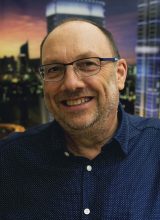







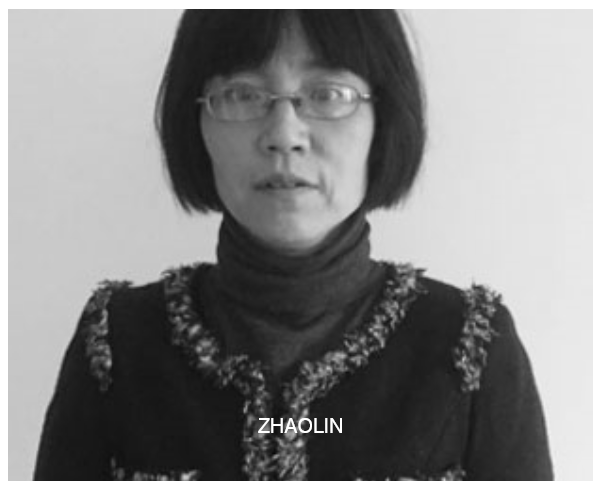

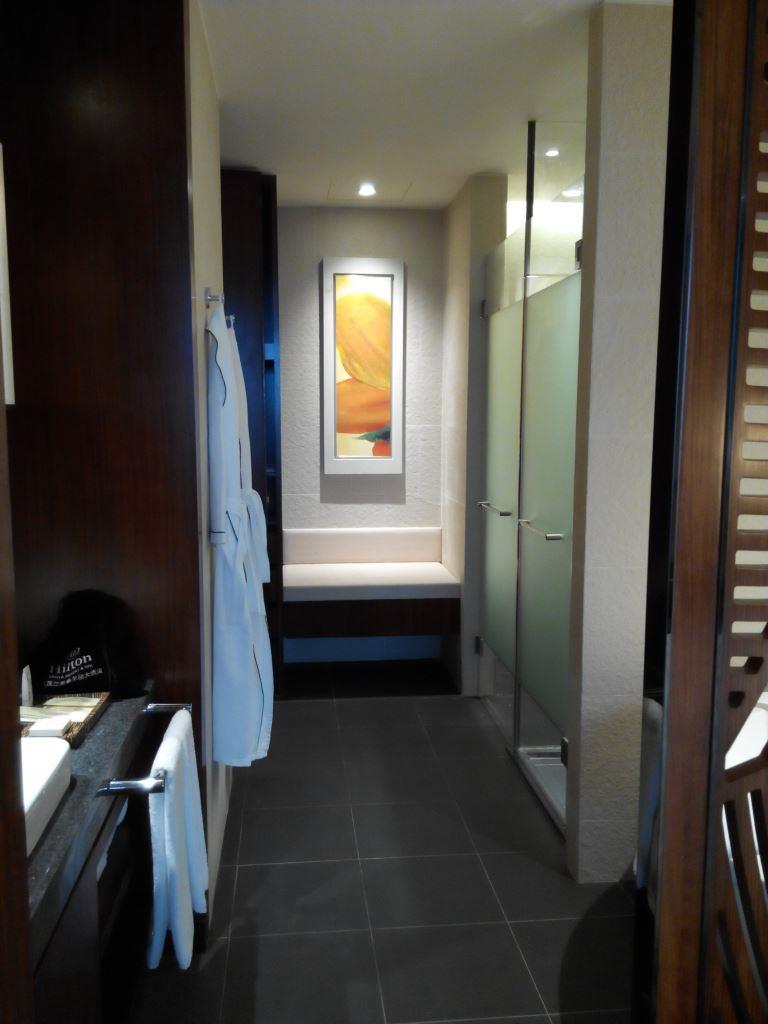
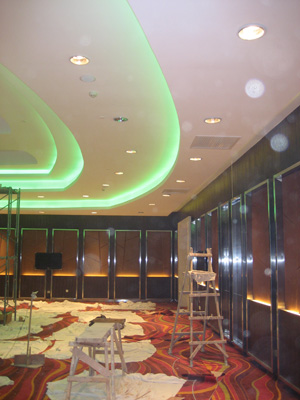
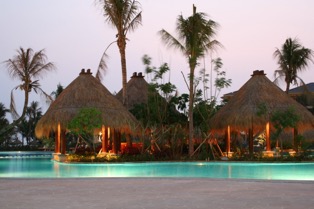





 The long awaited book compilation of Martin's first year of blogging is available. Order now.
The long awaited book compilation of Martin's first year of blogging is available. Order now.